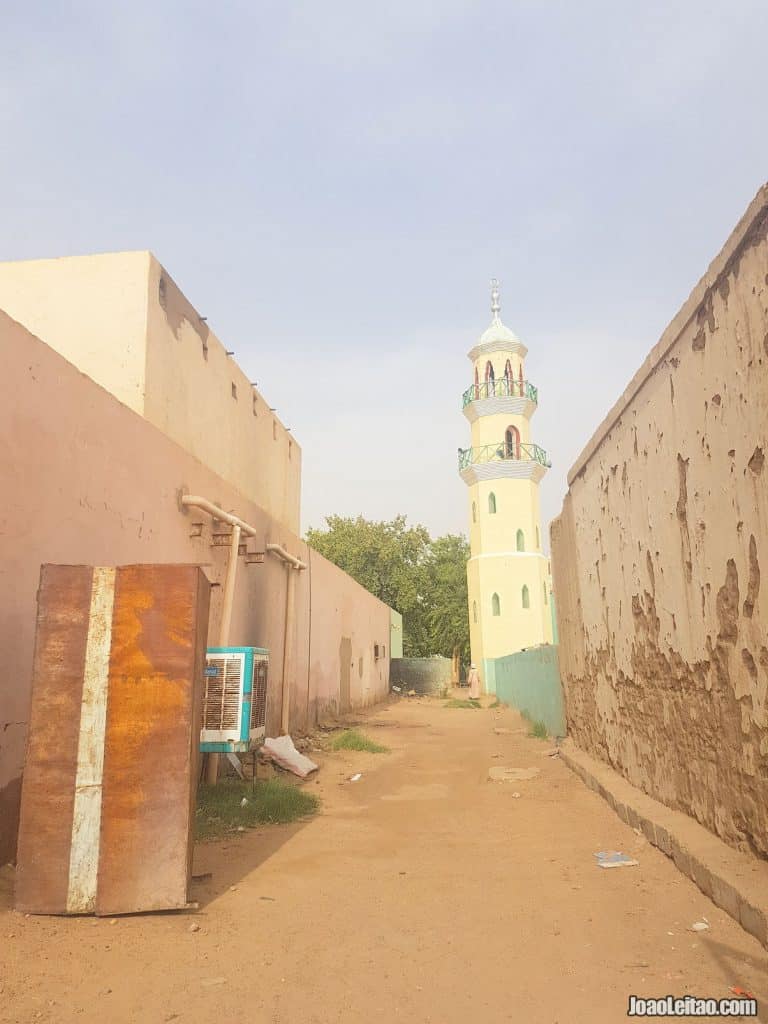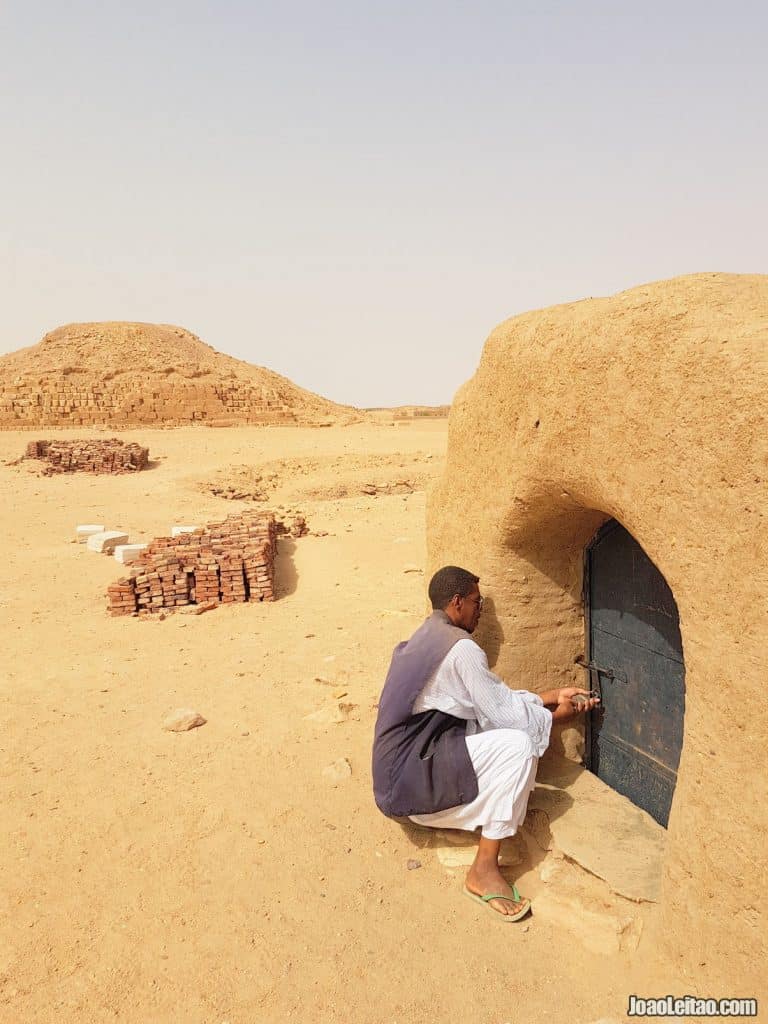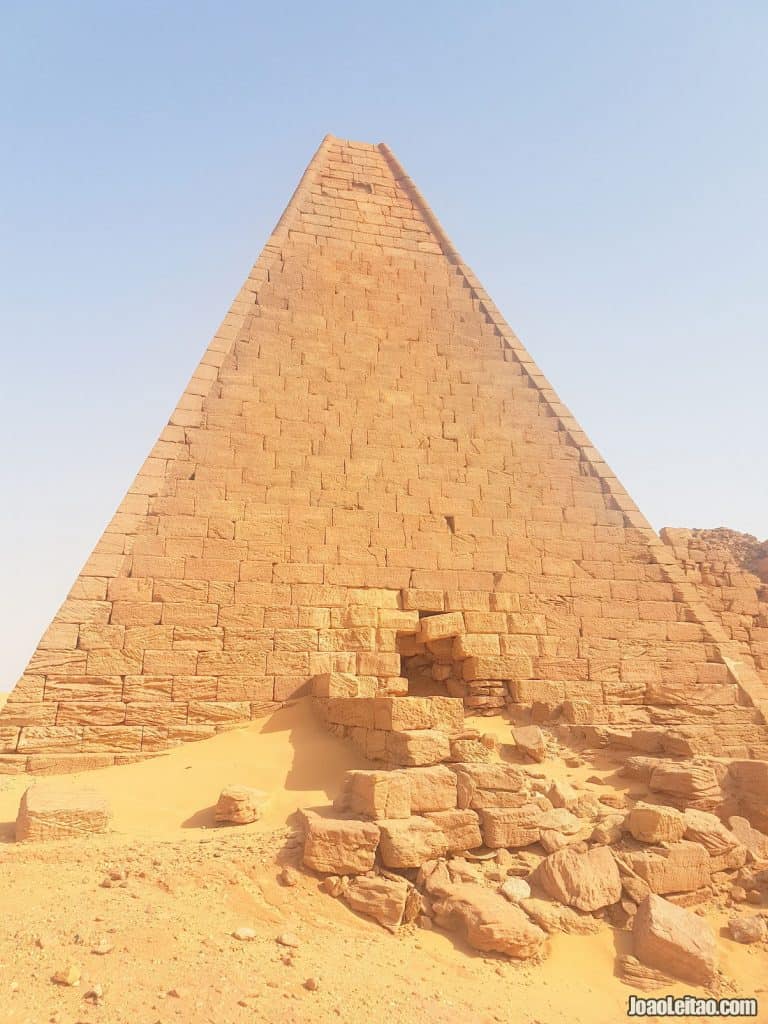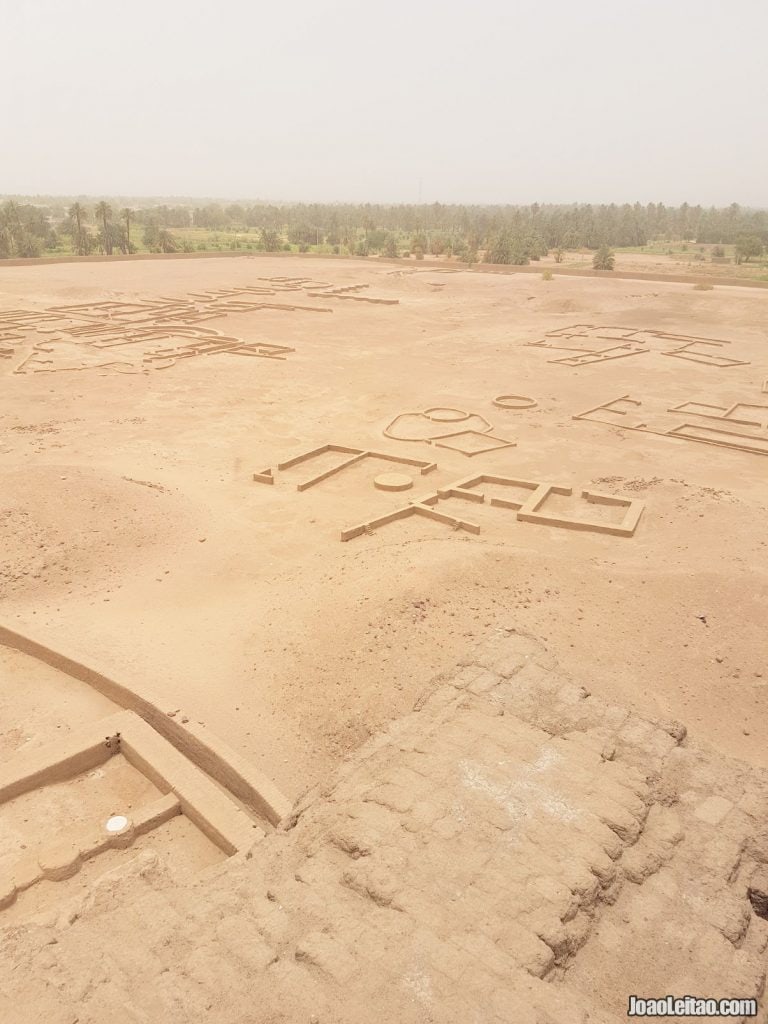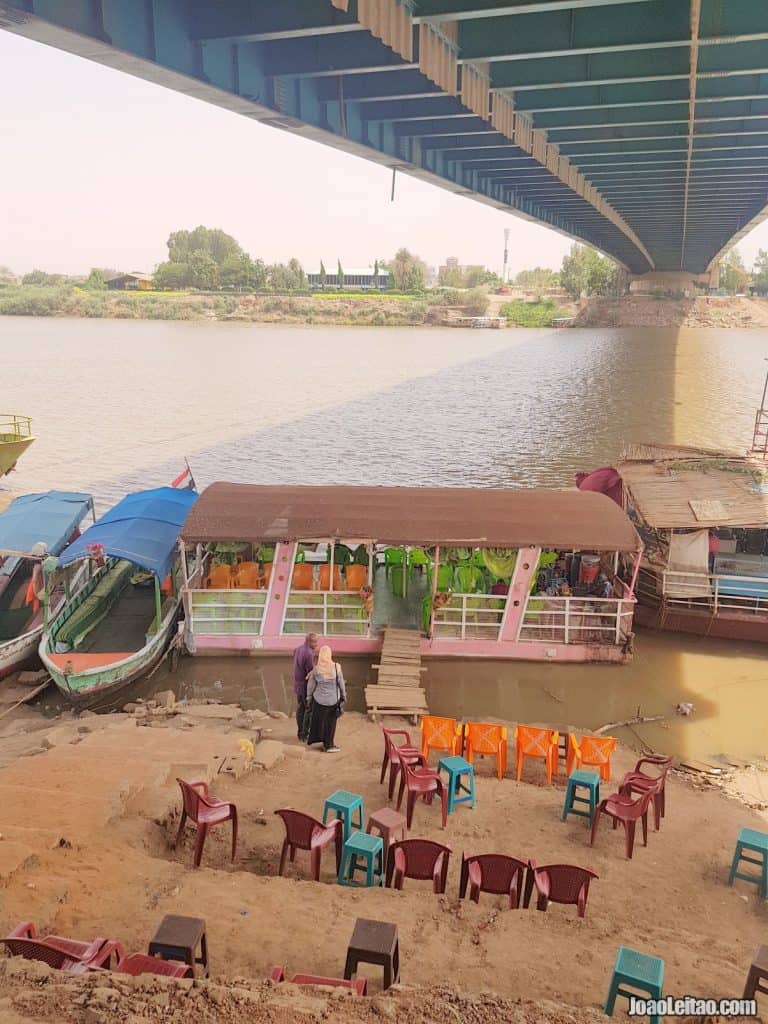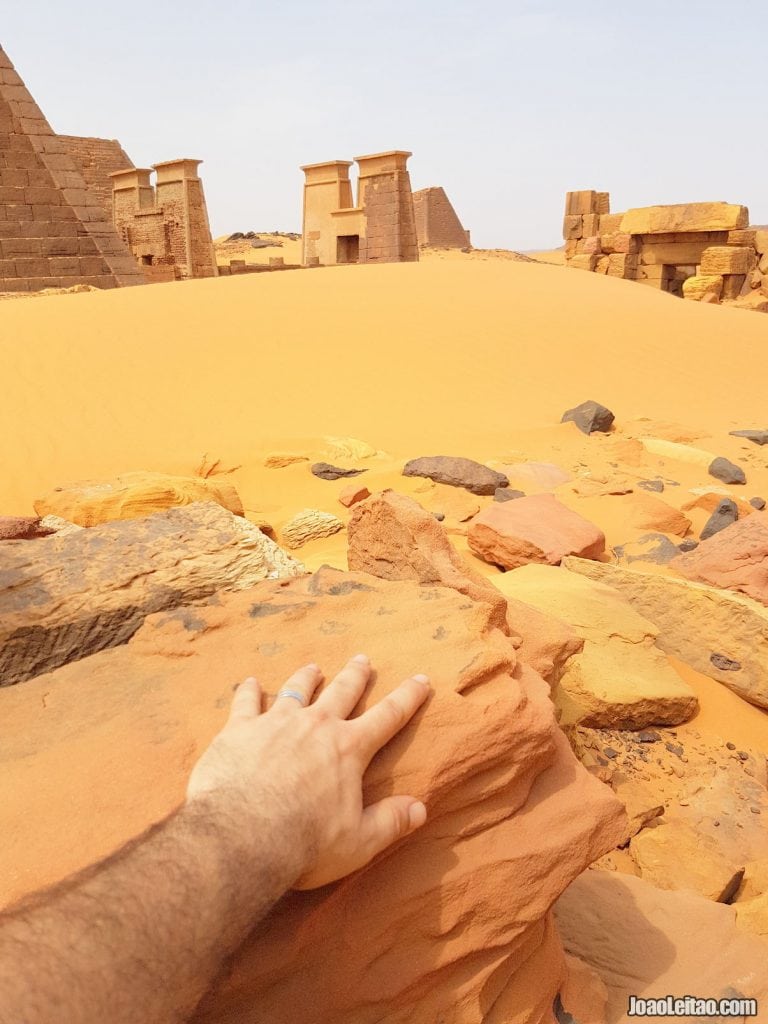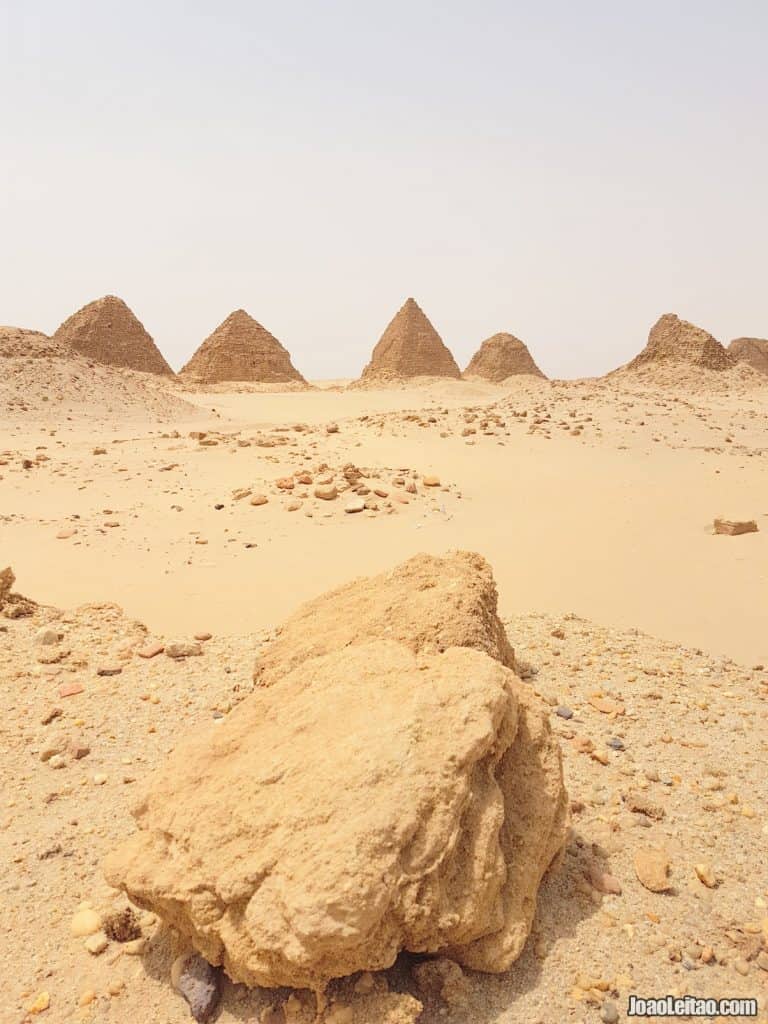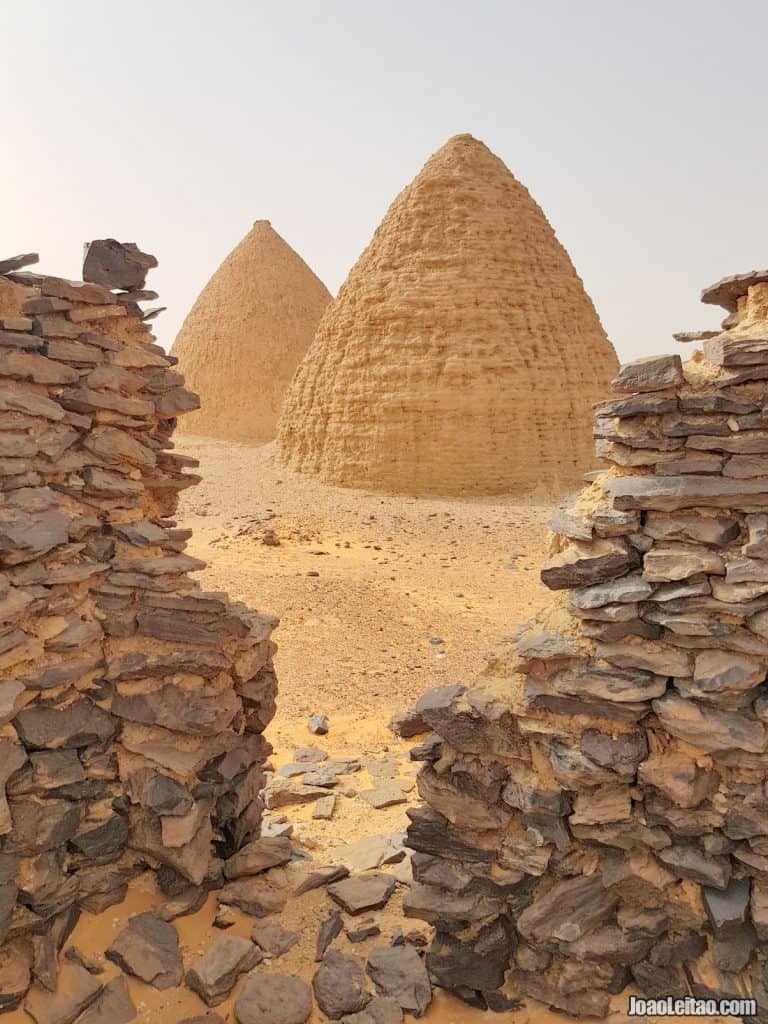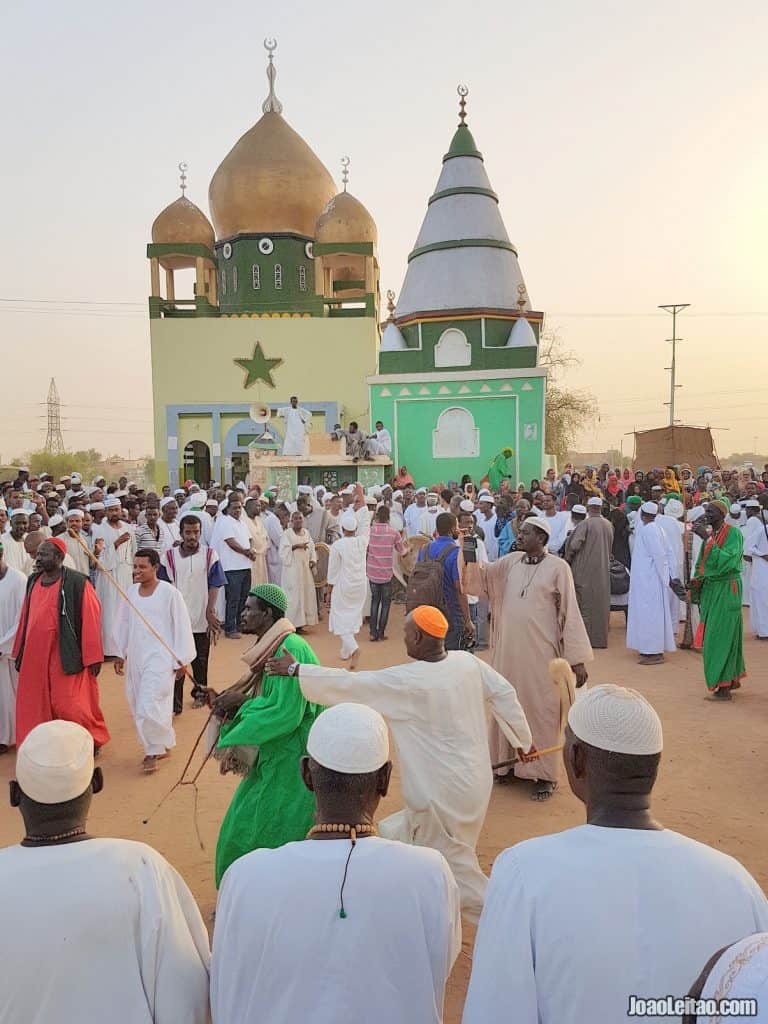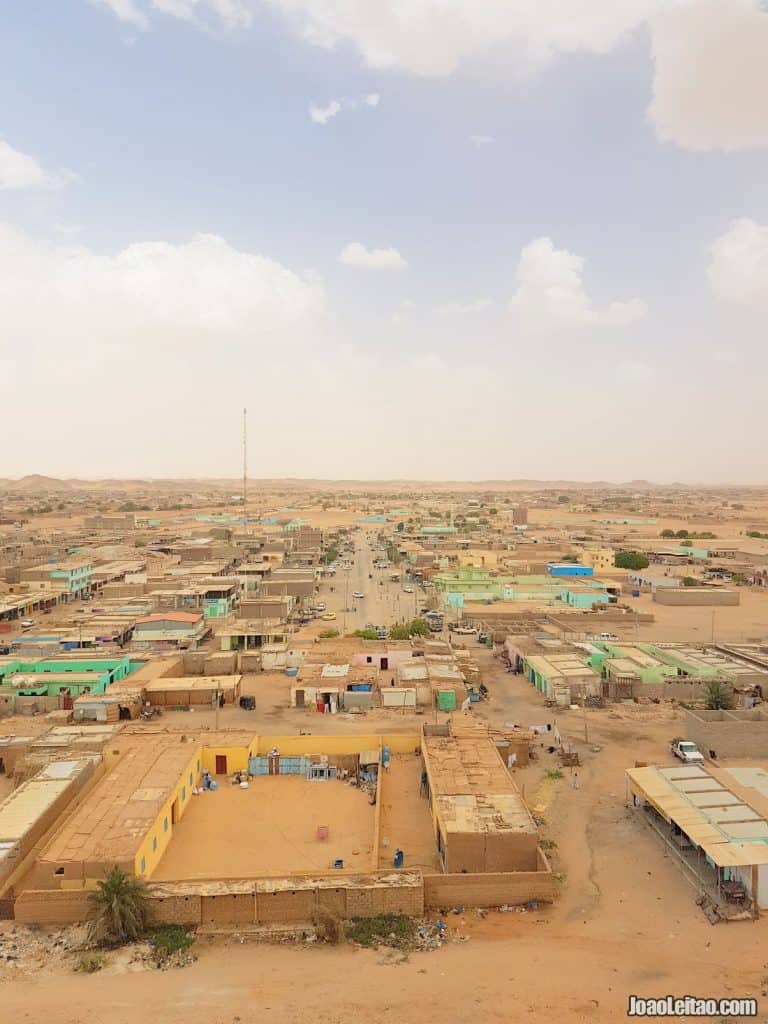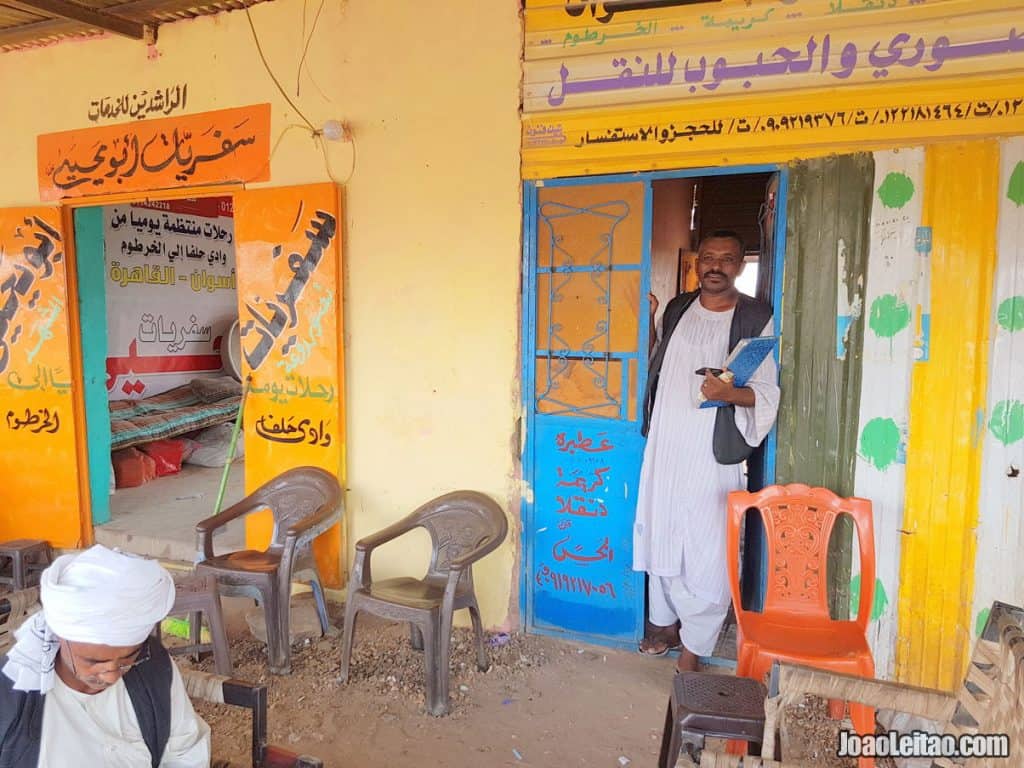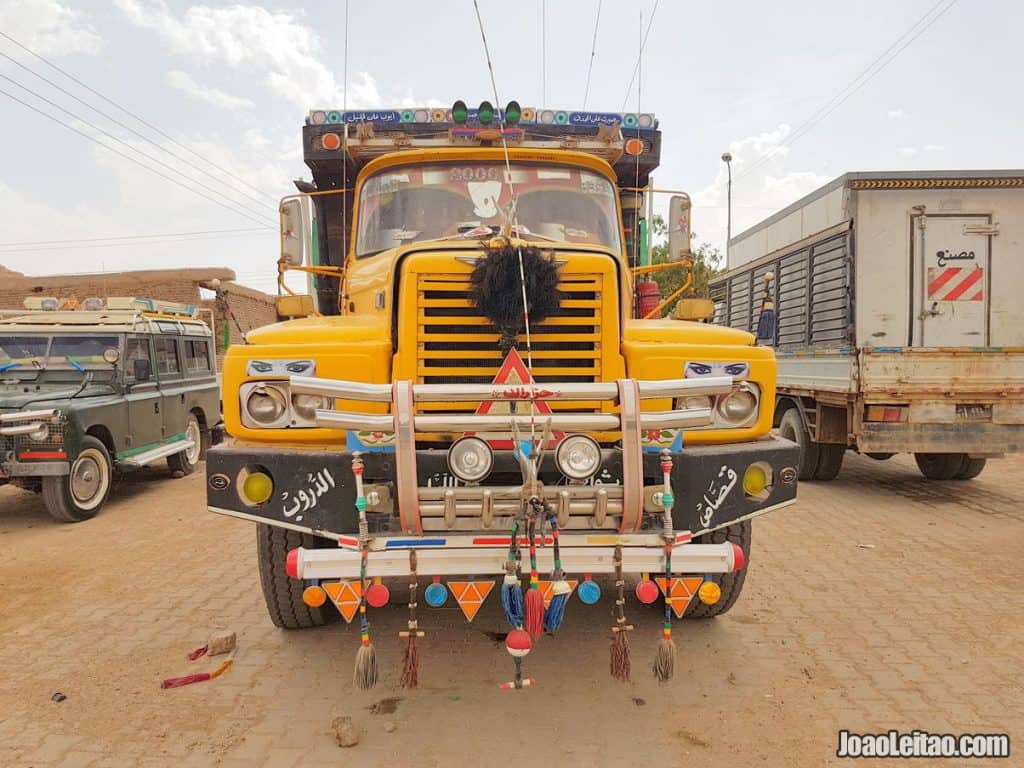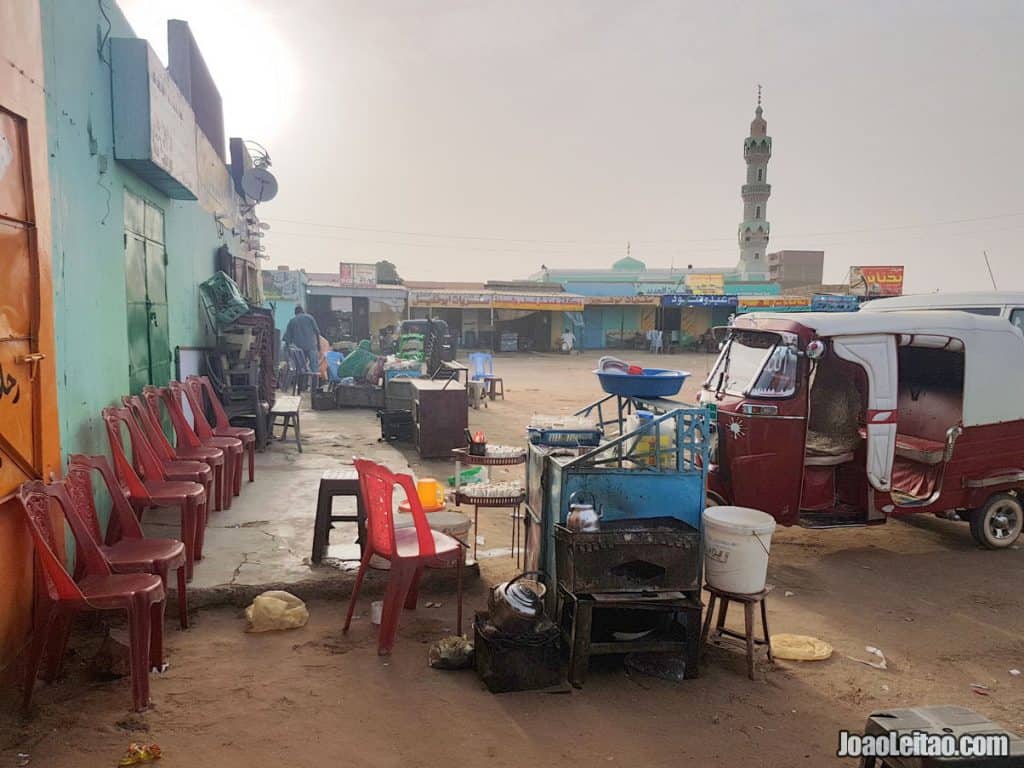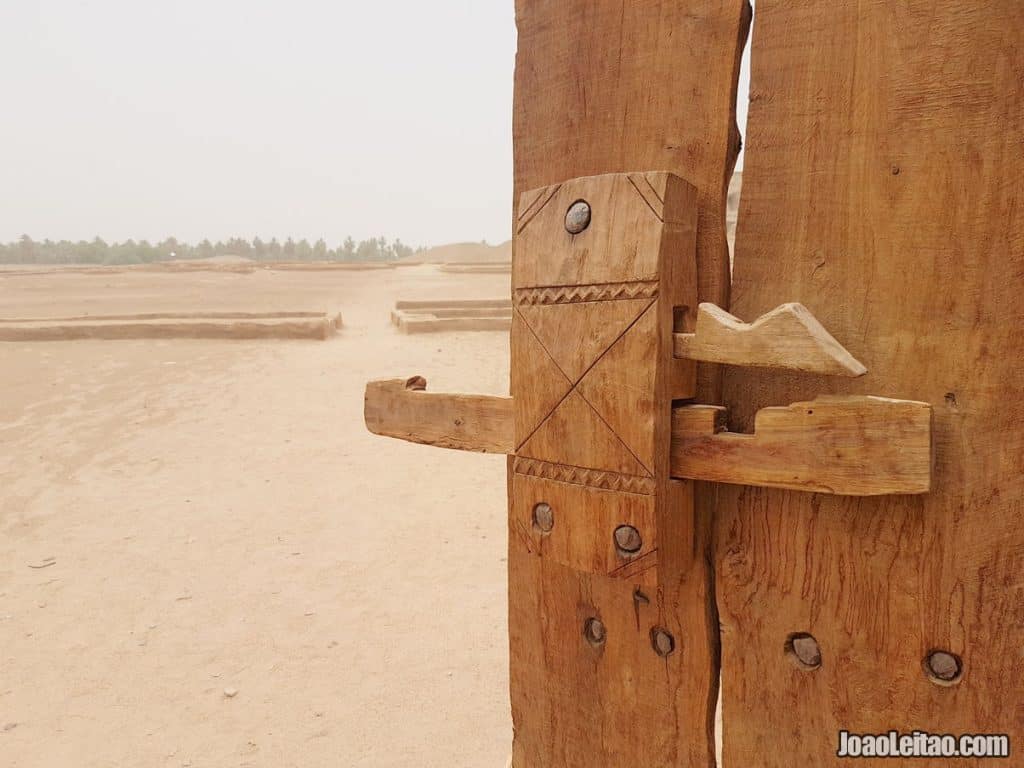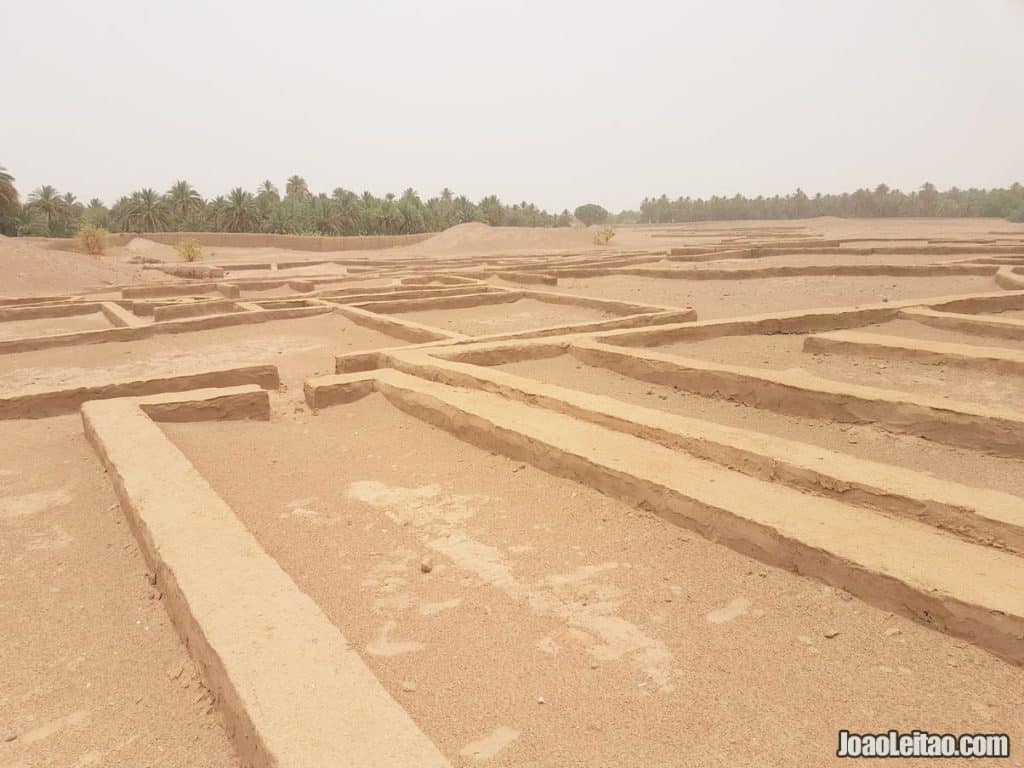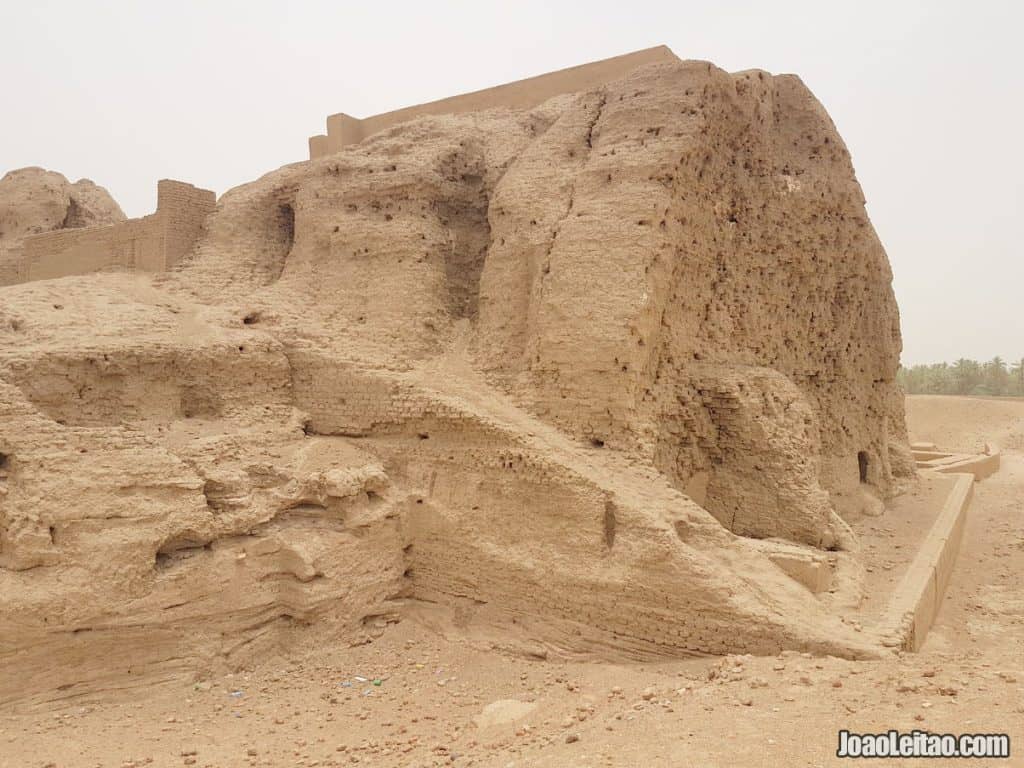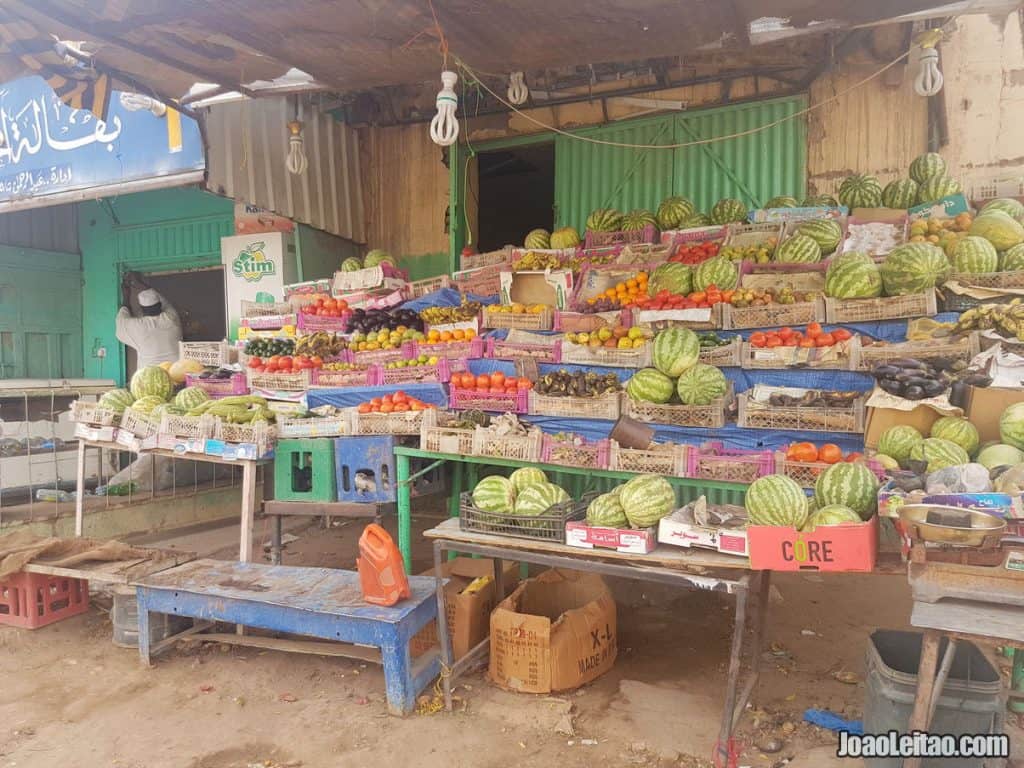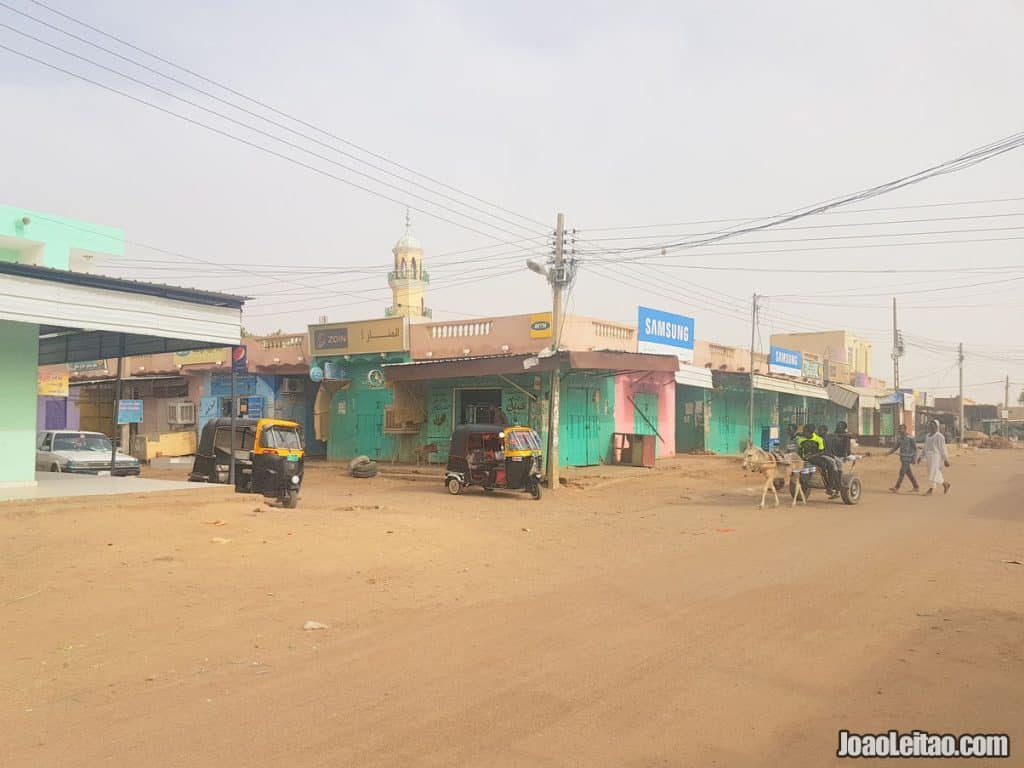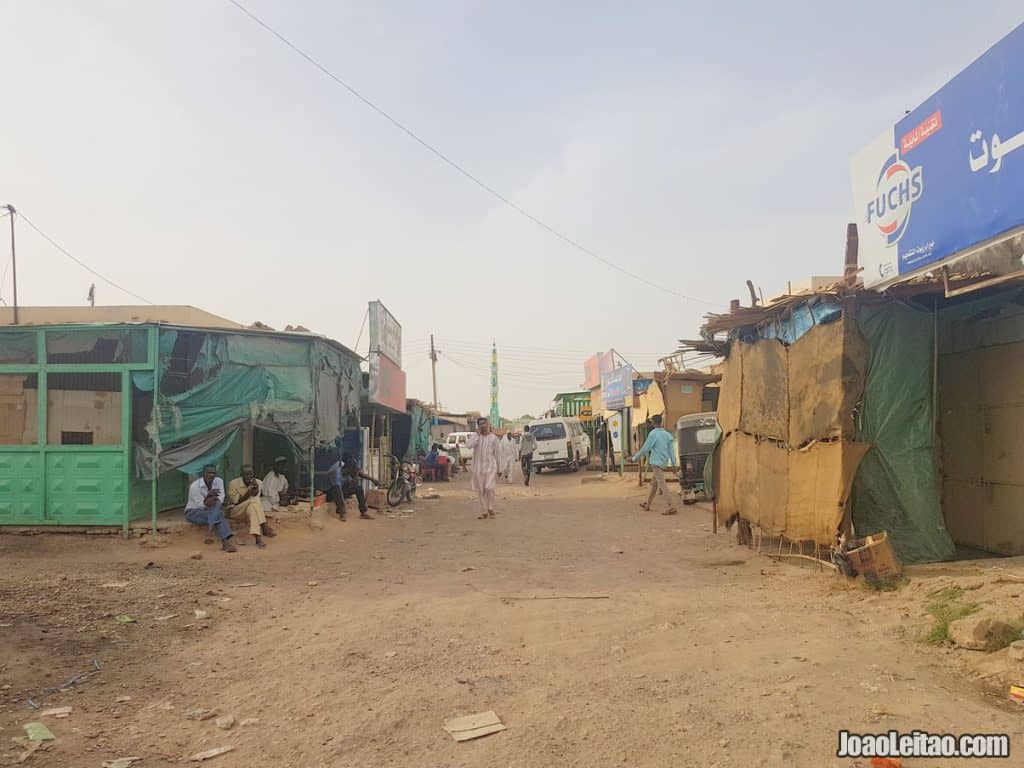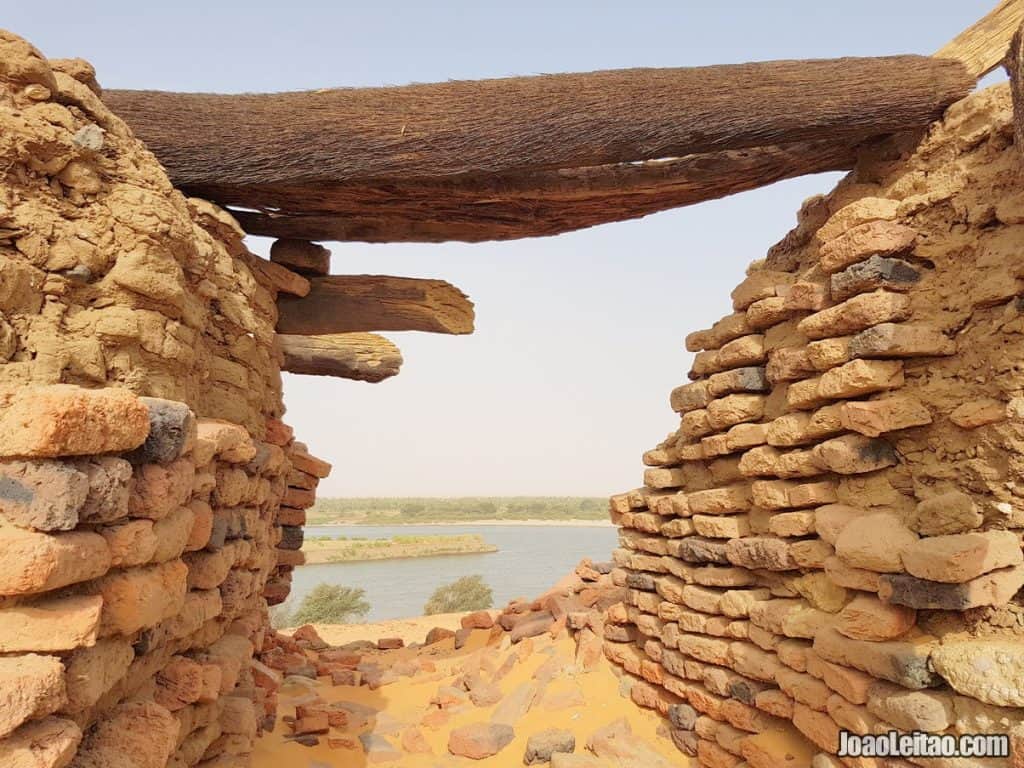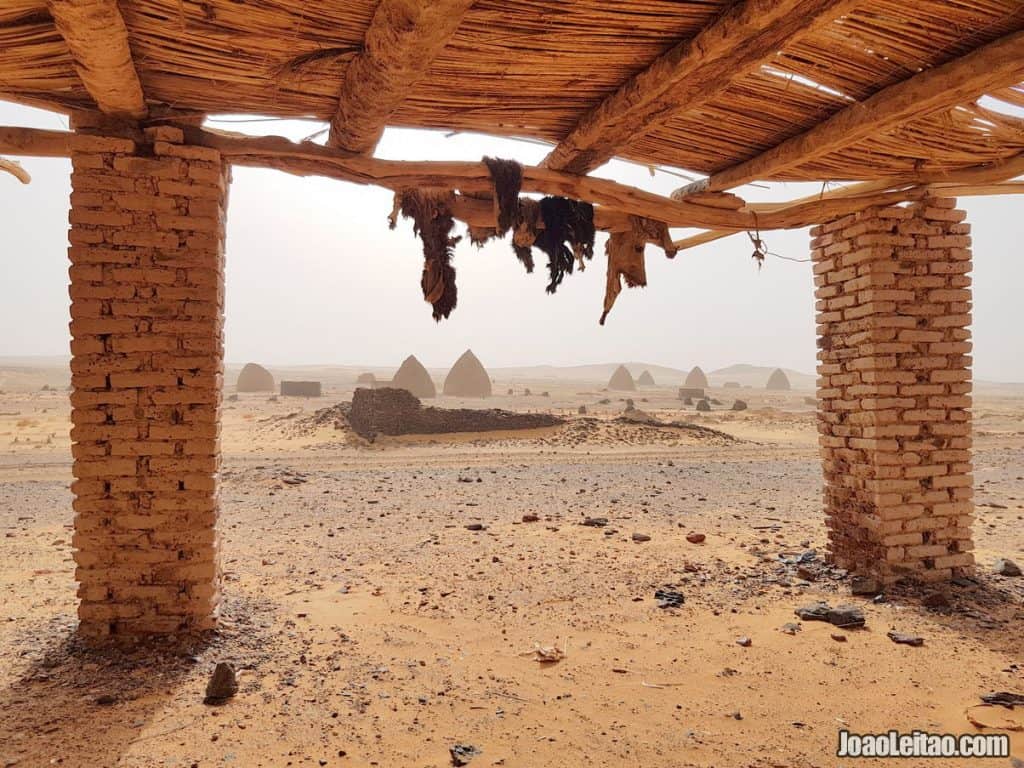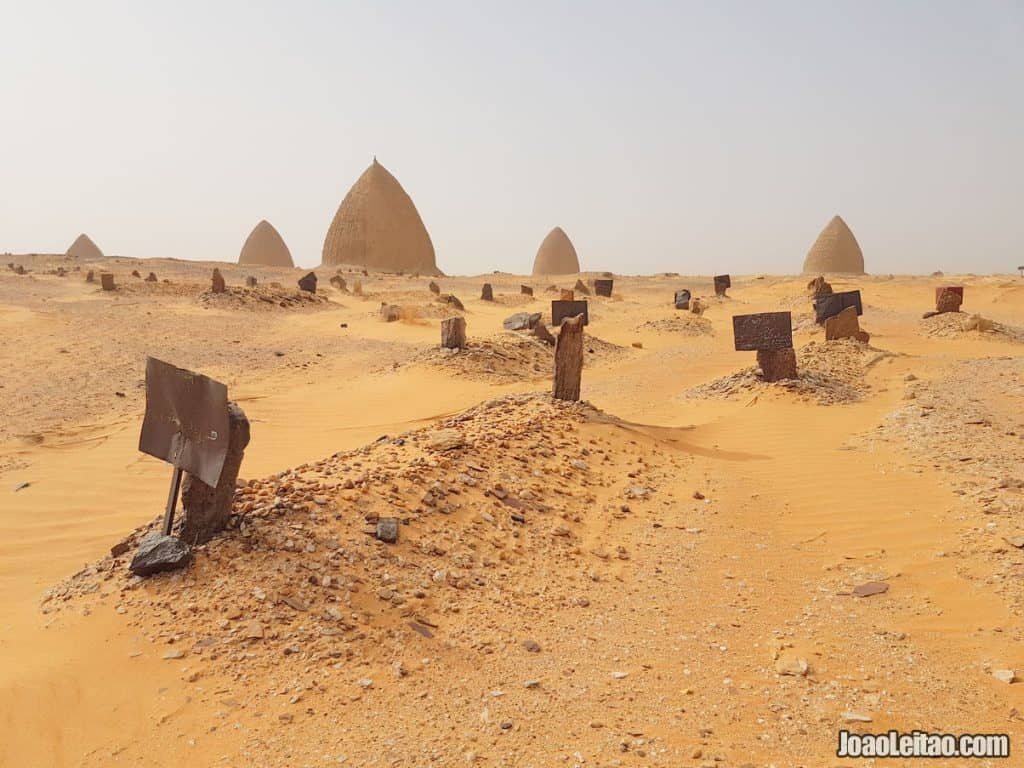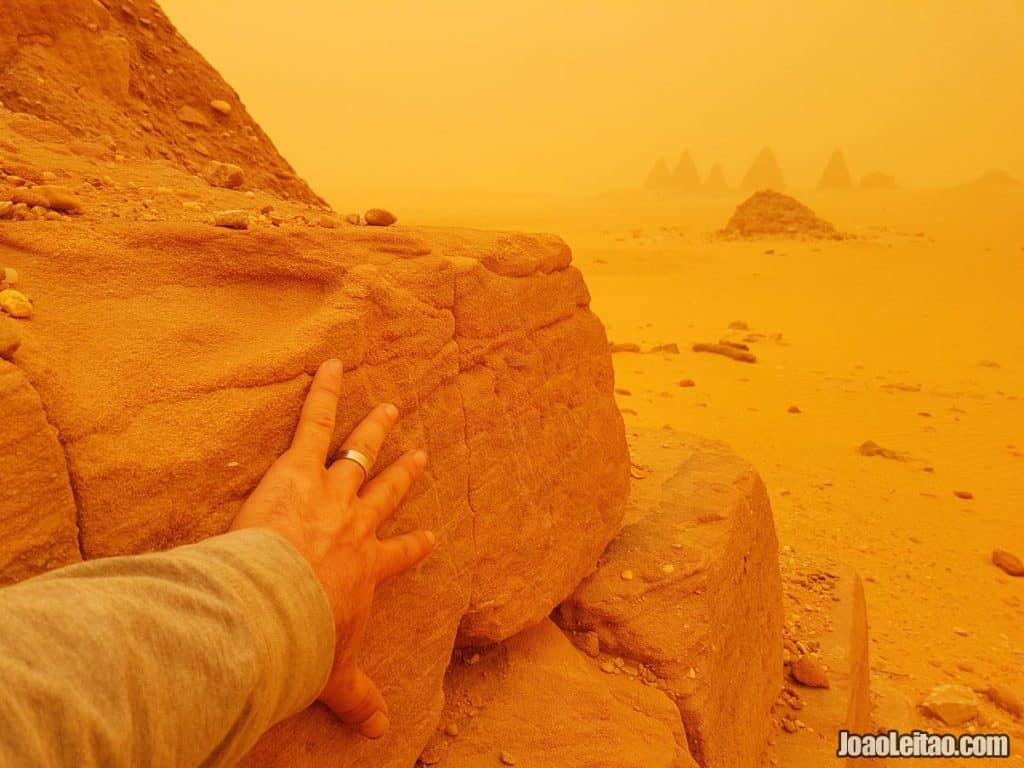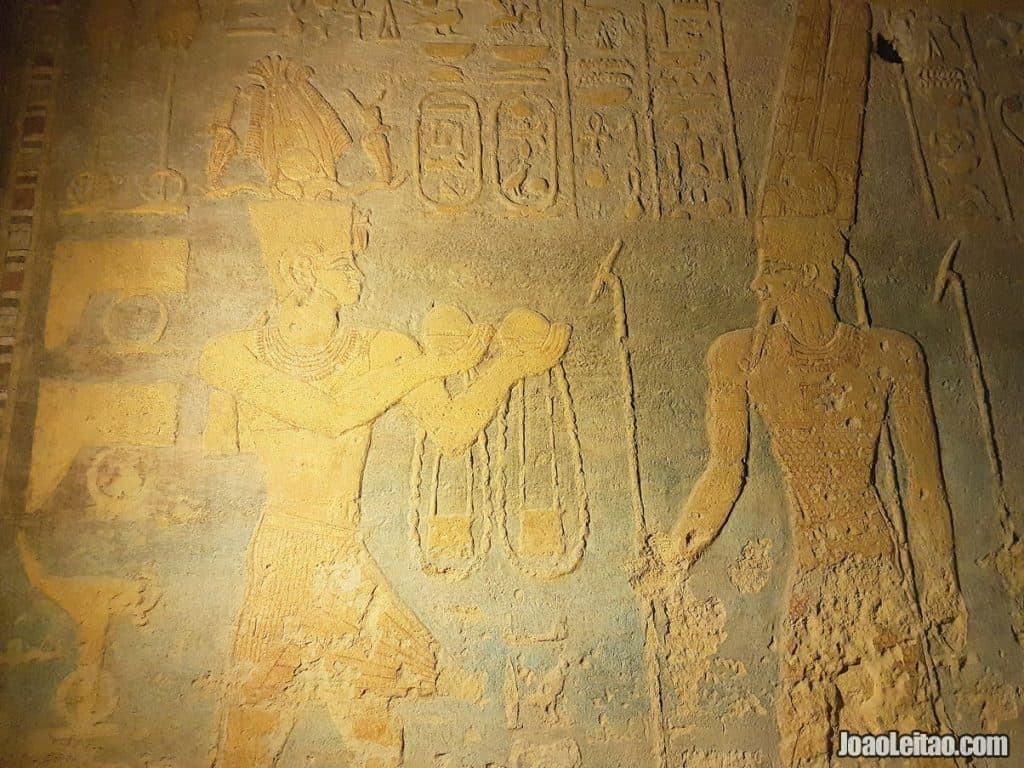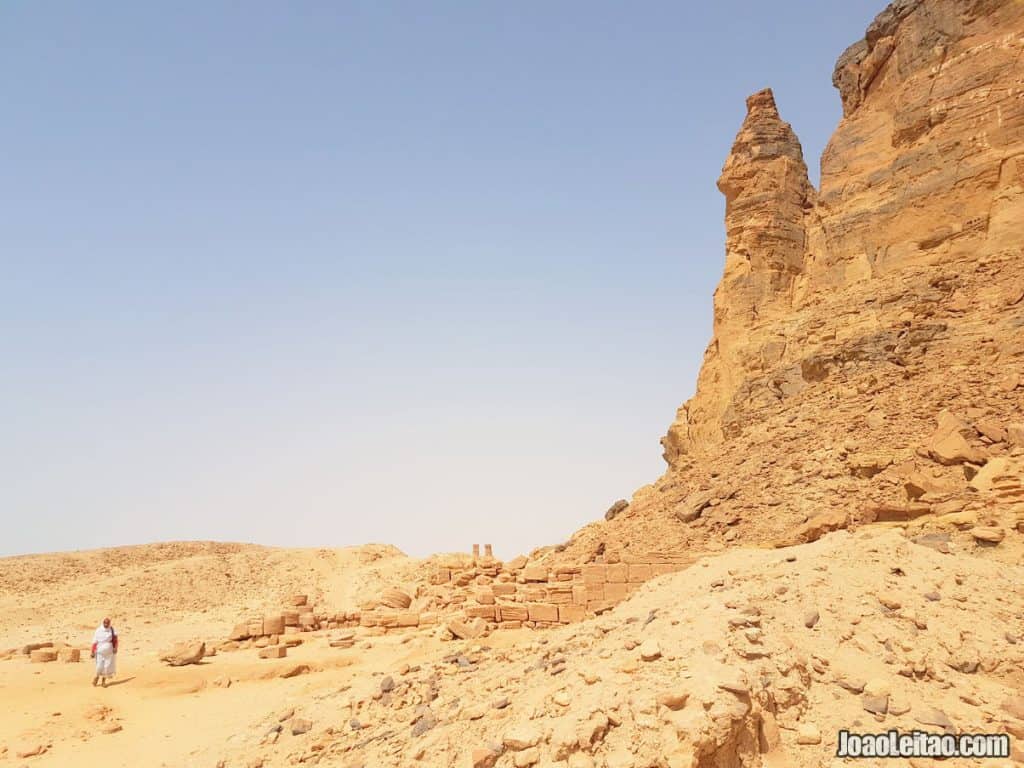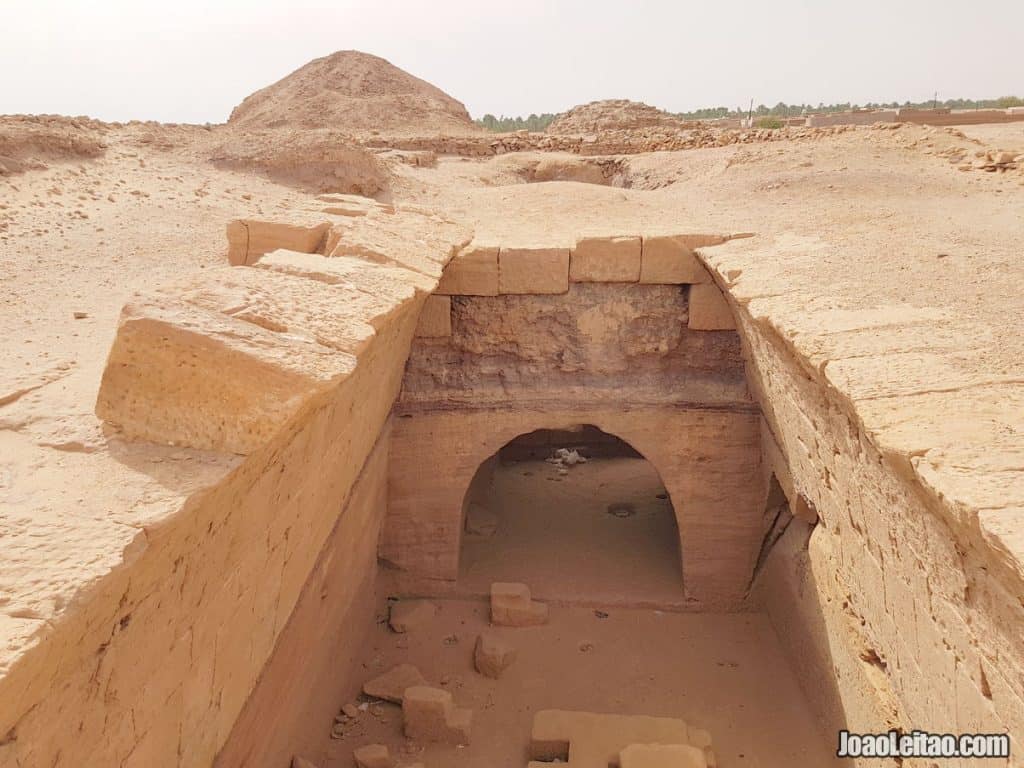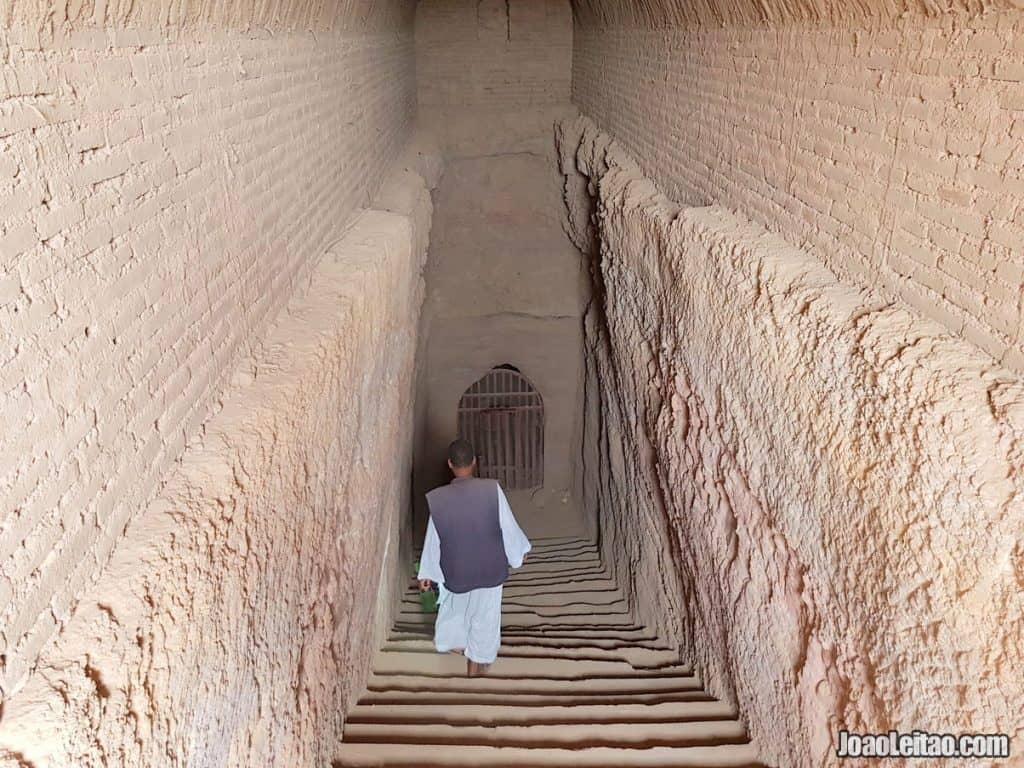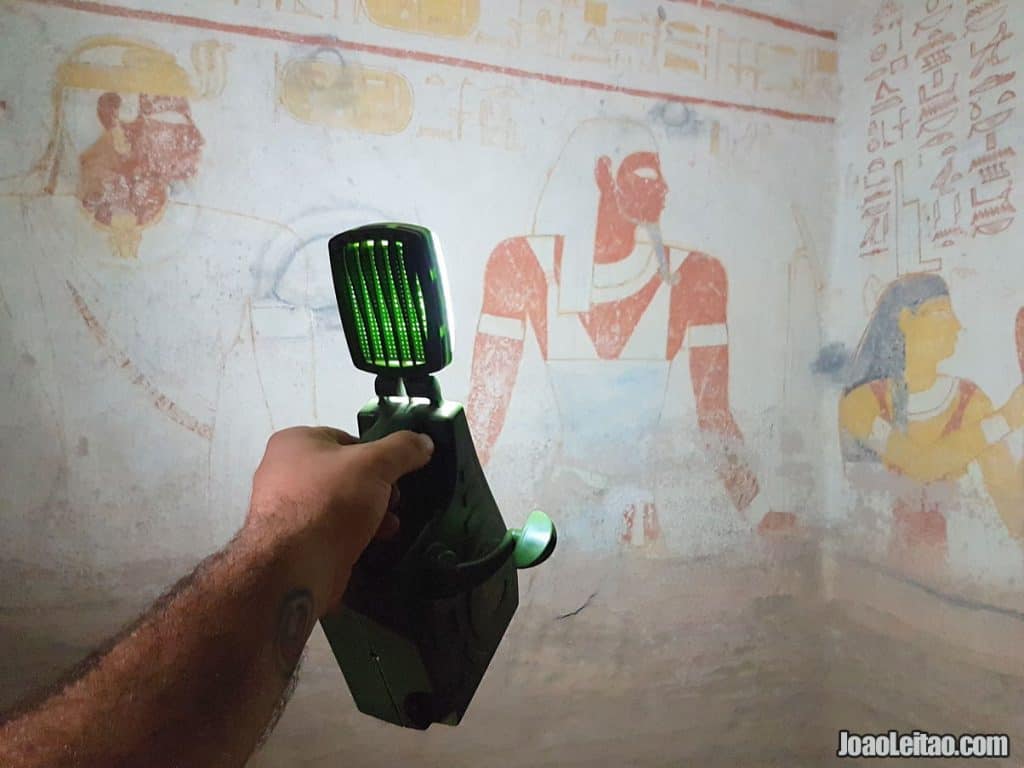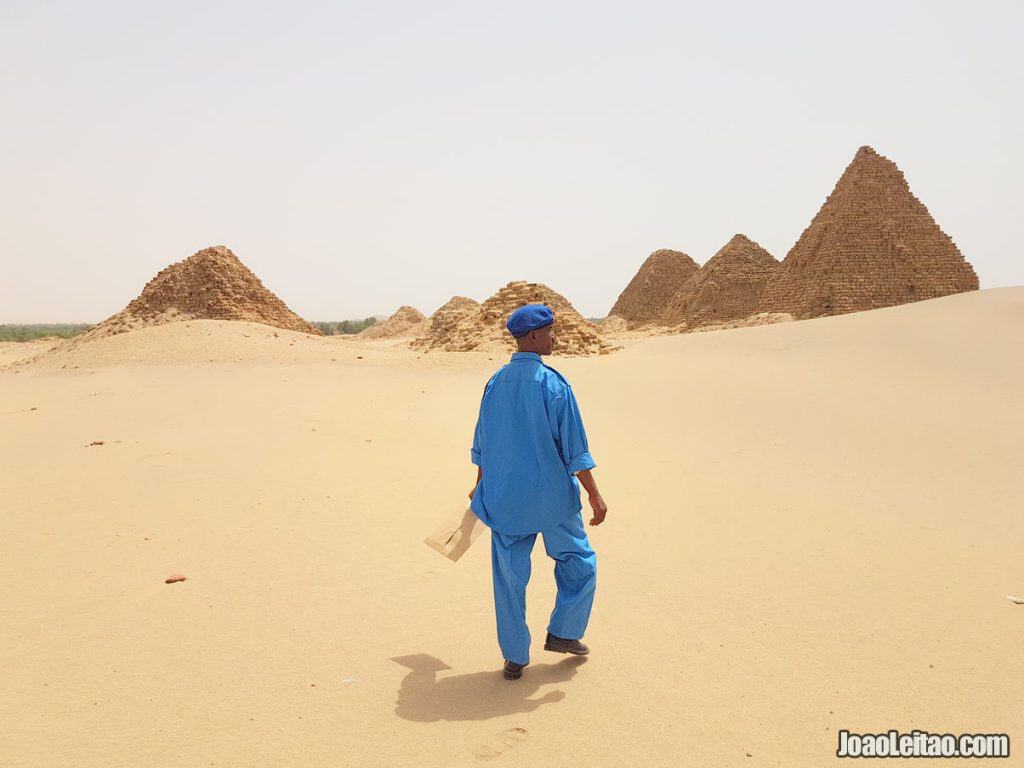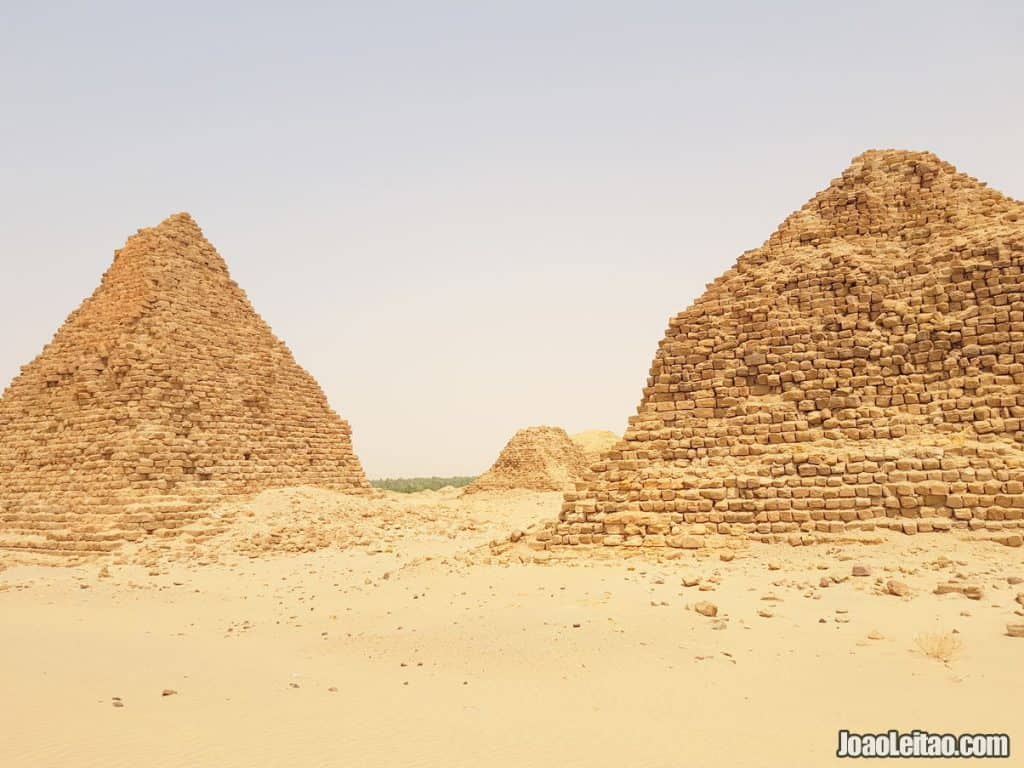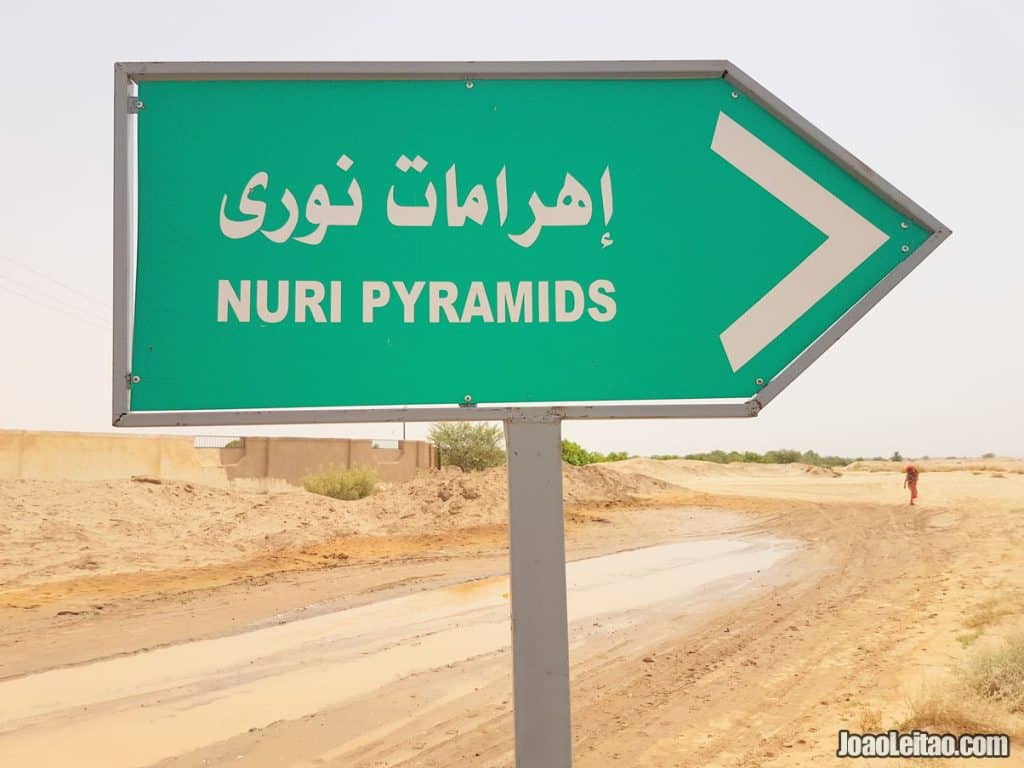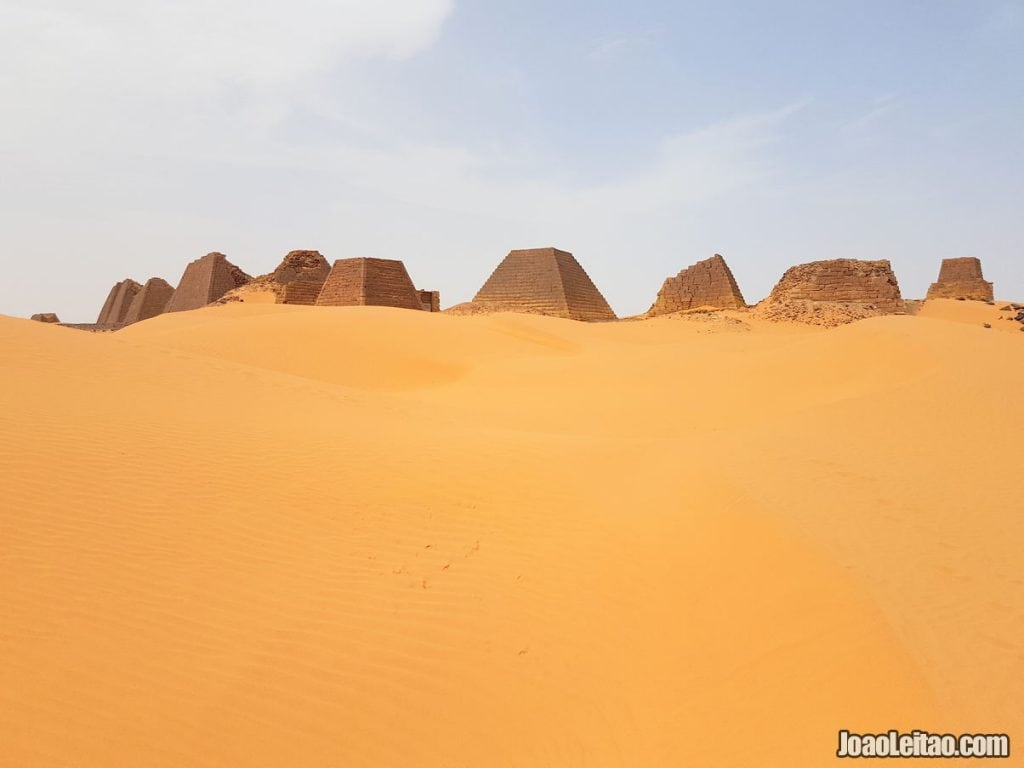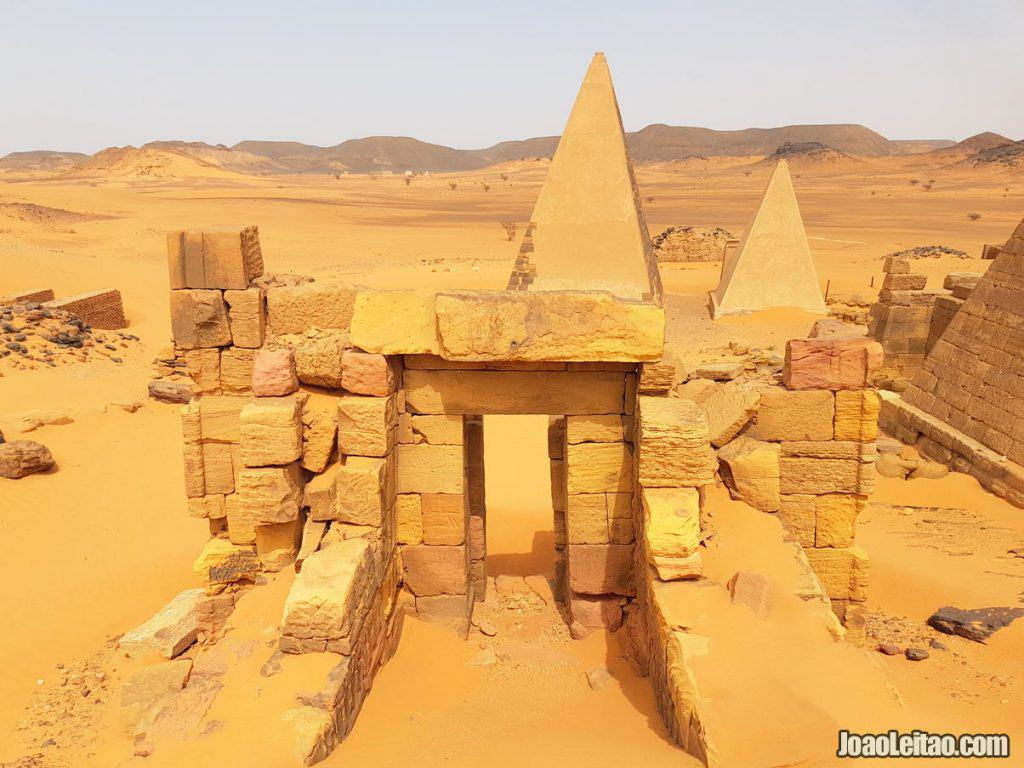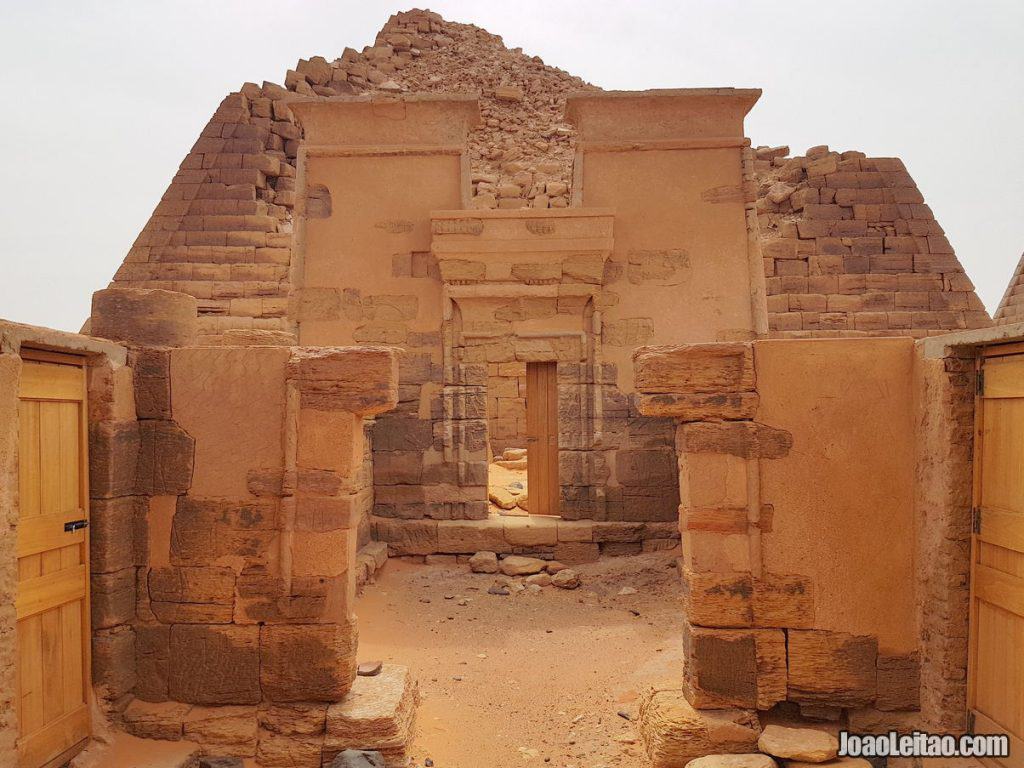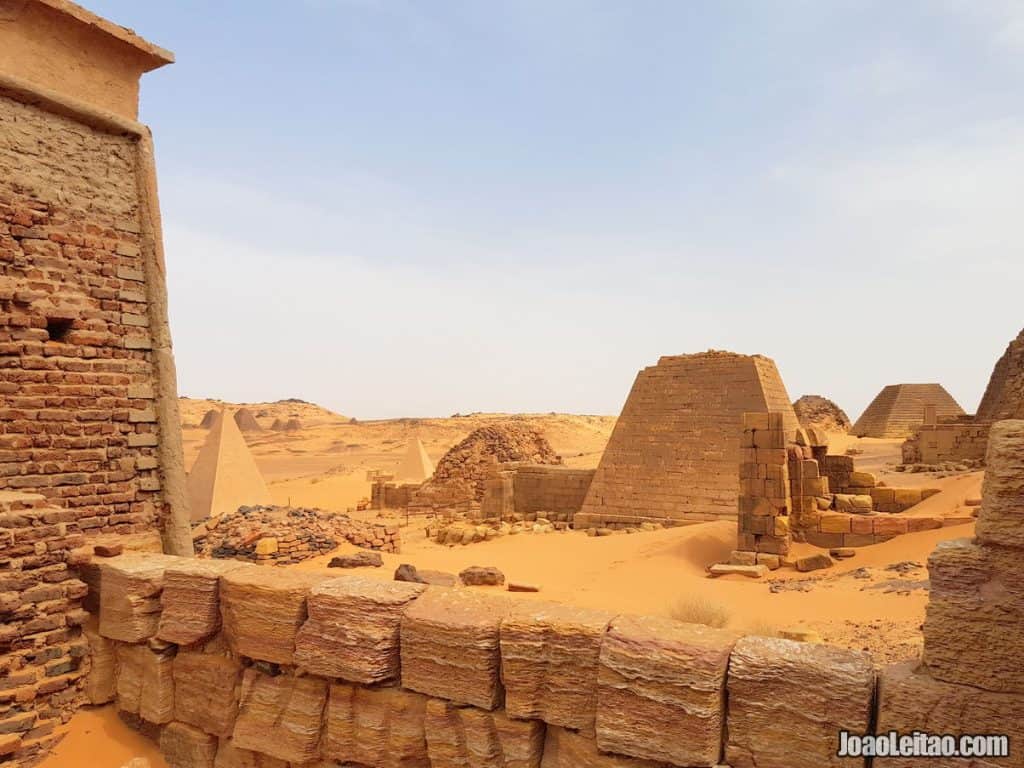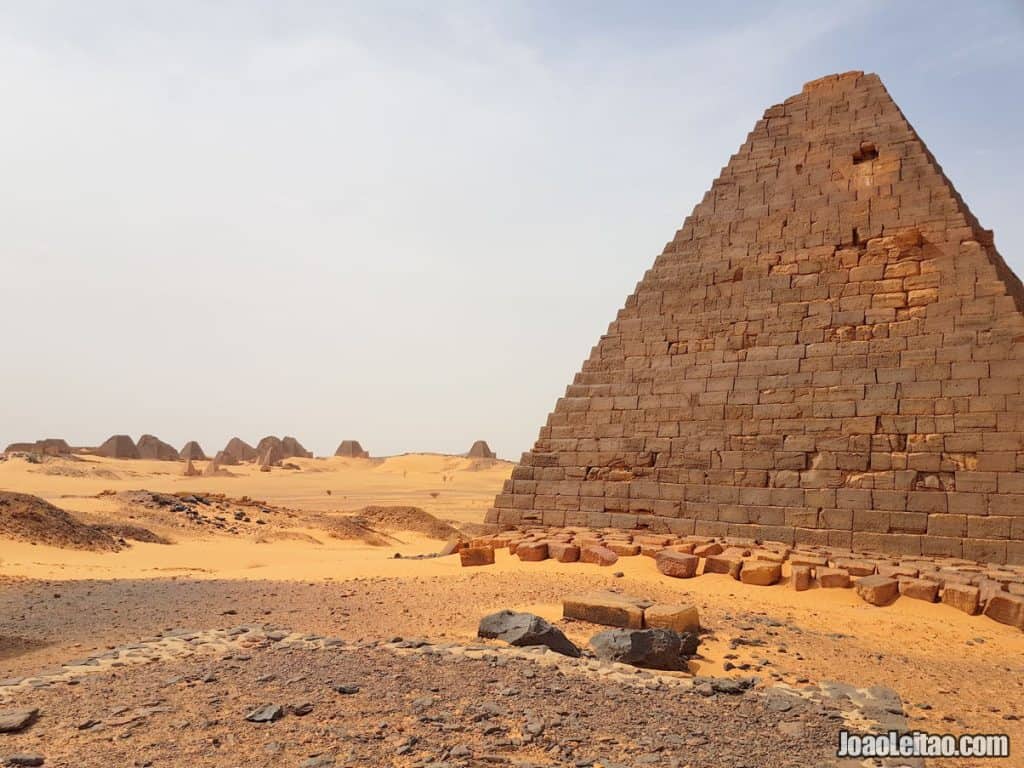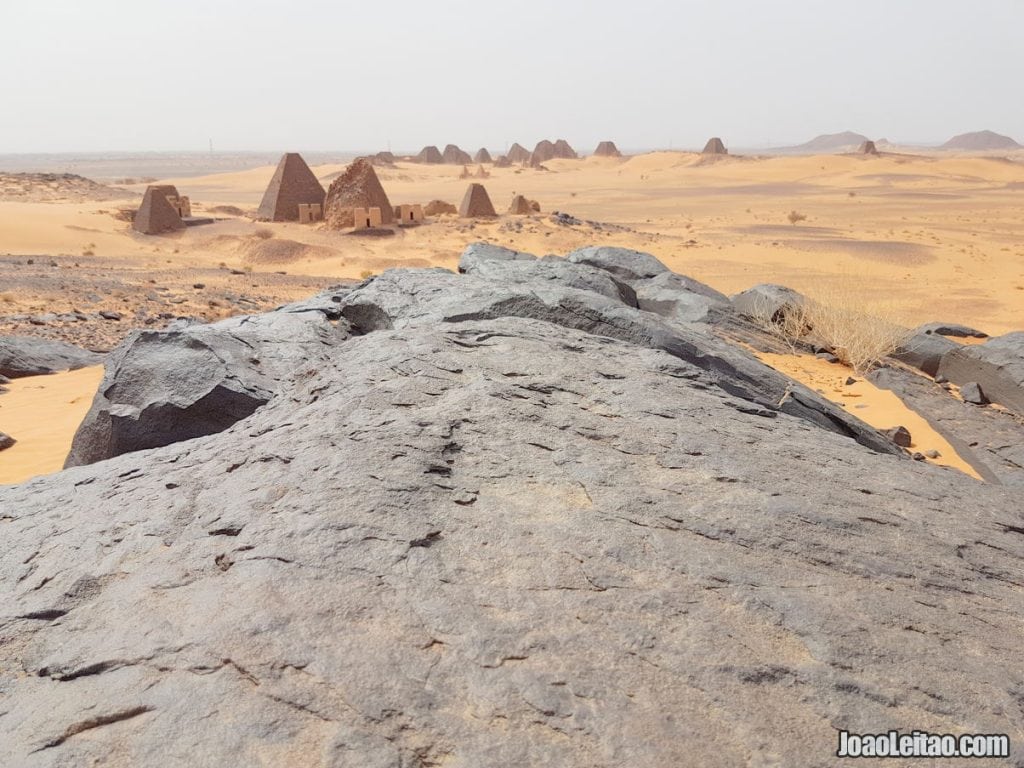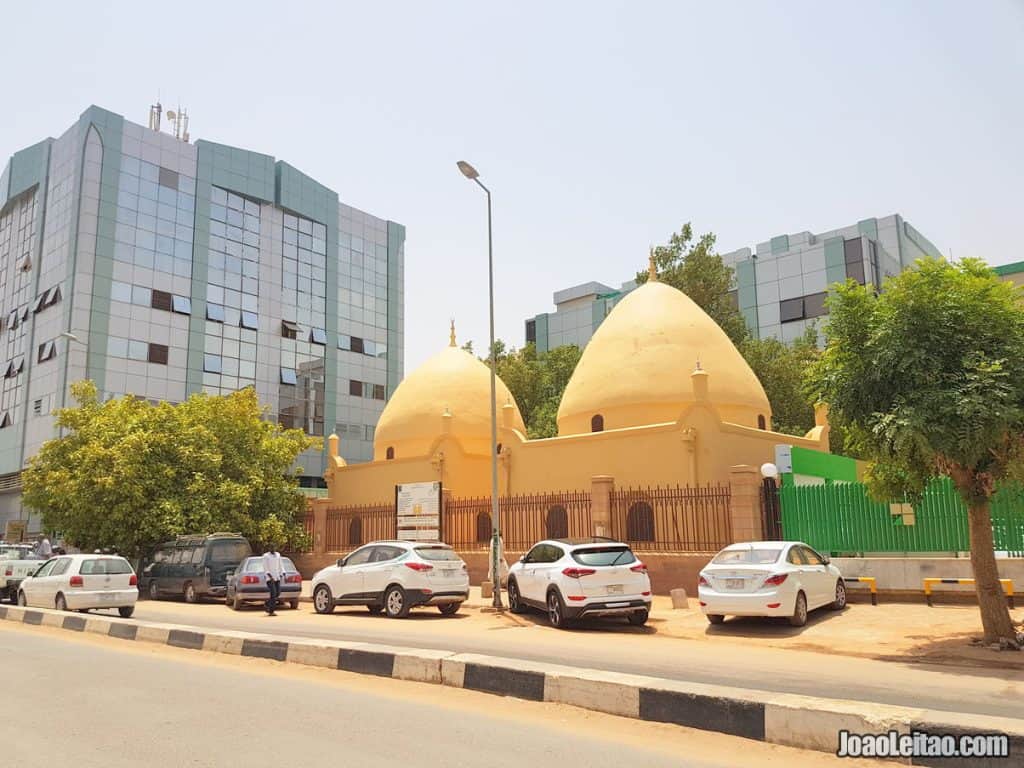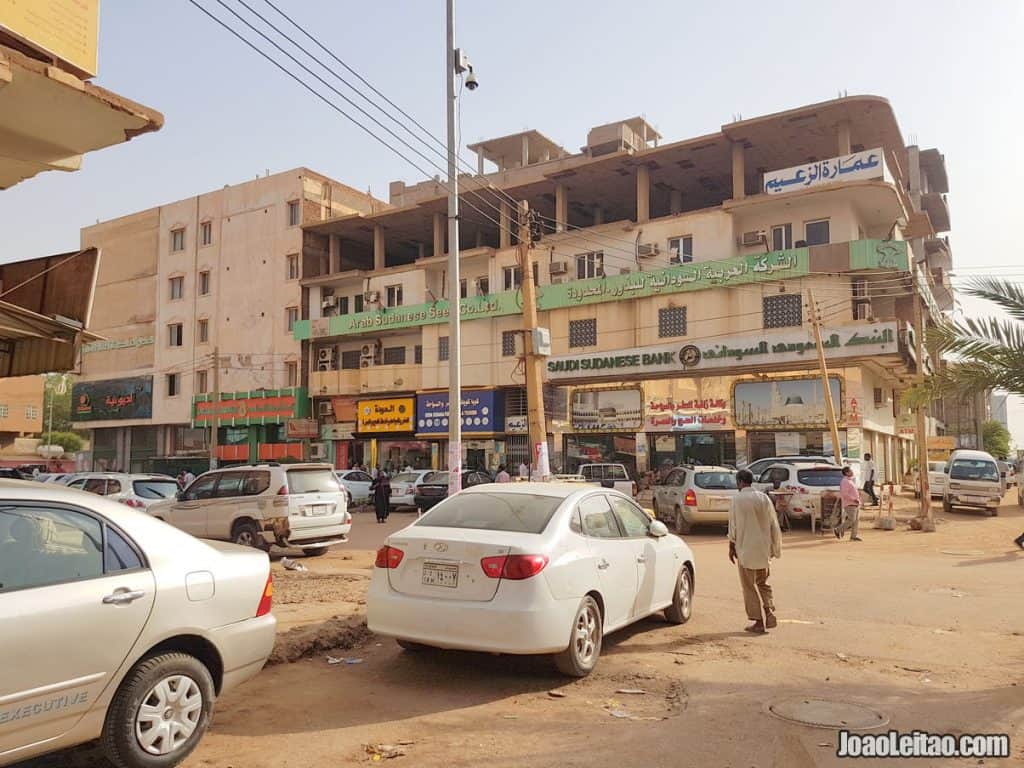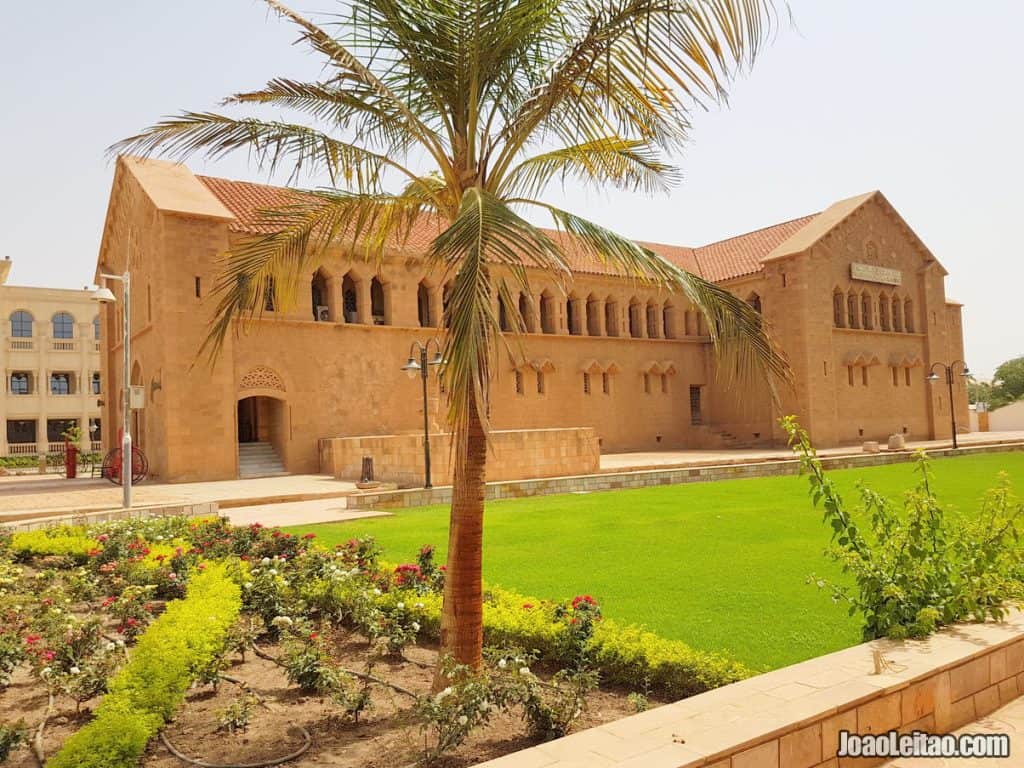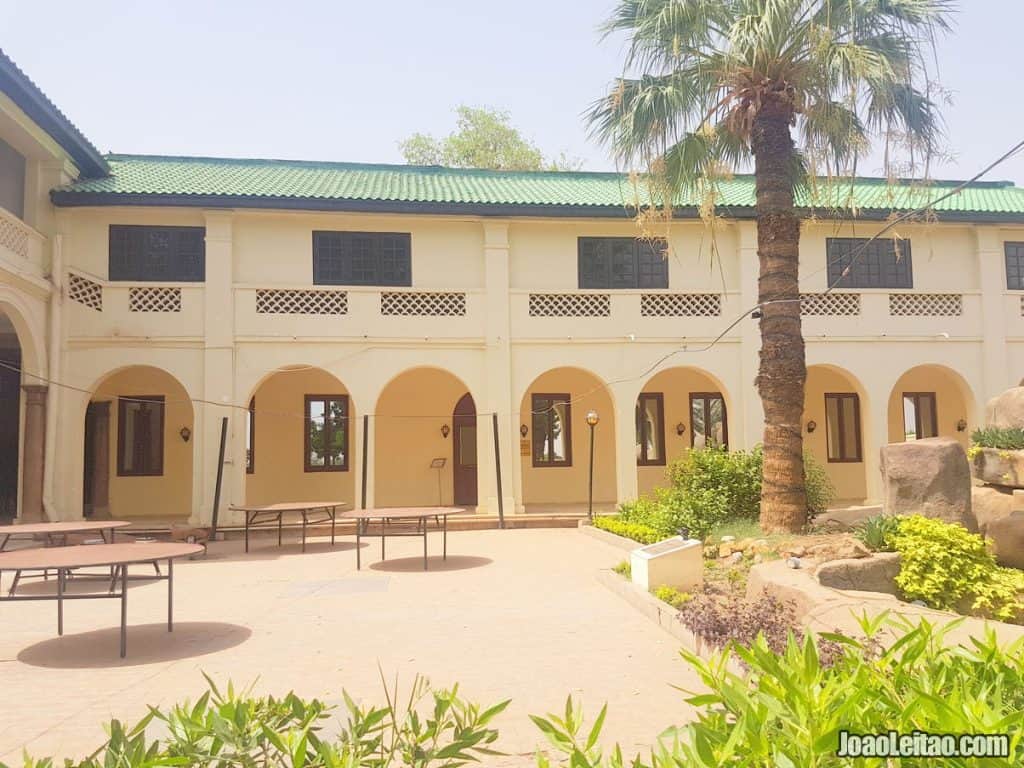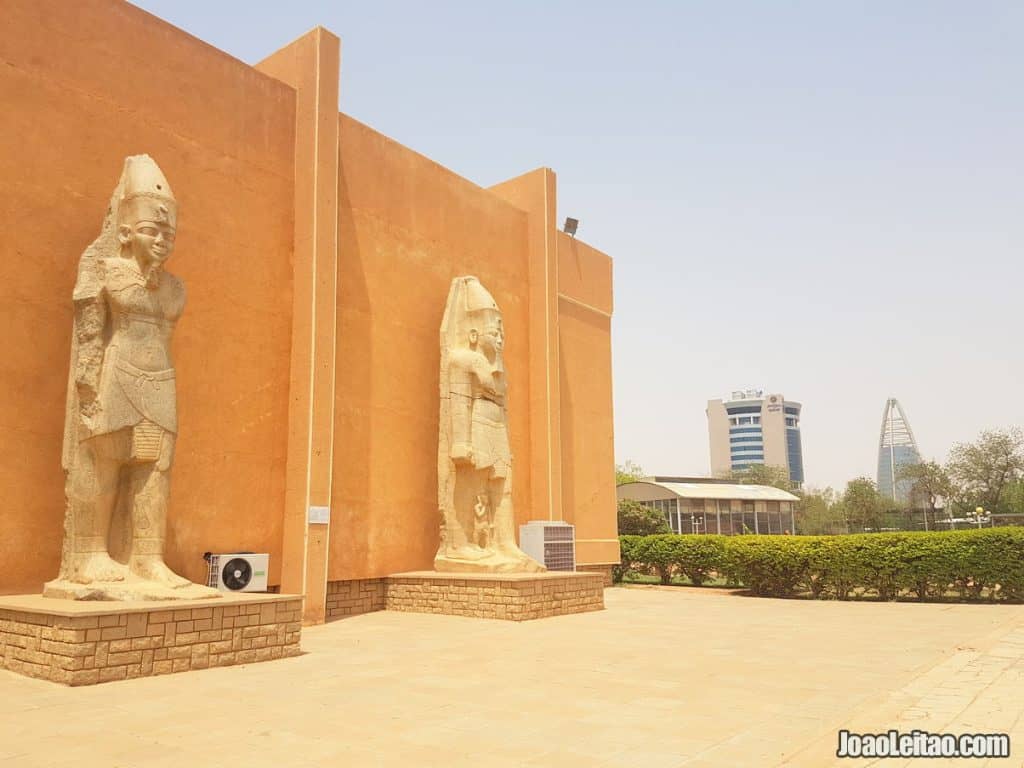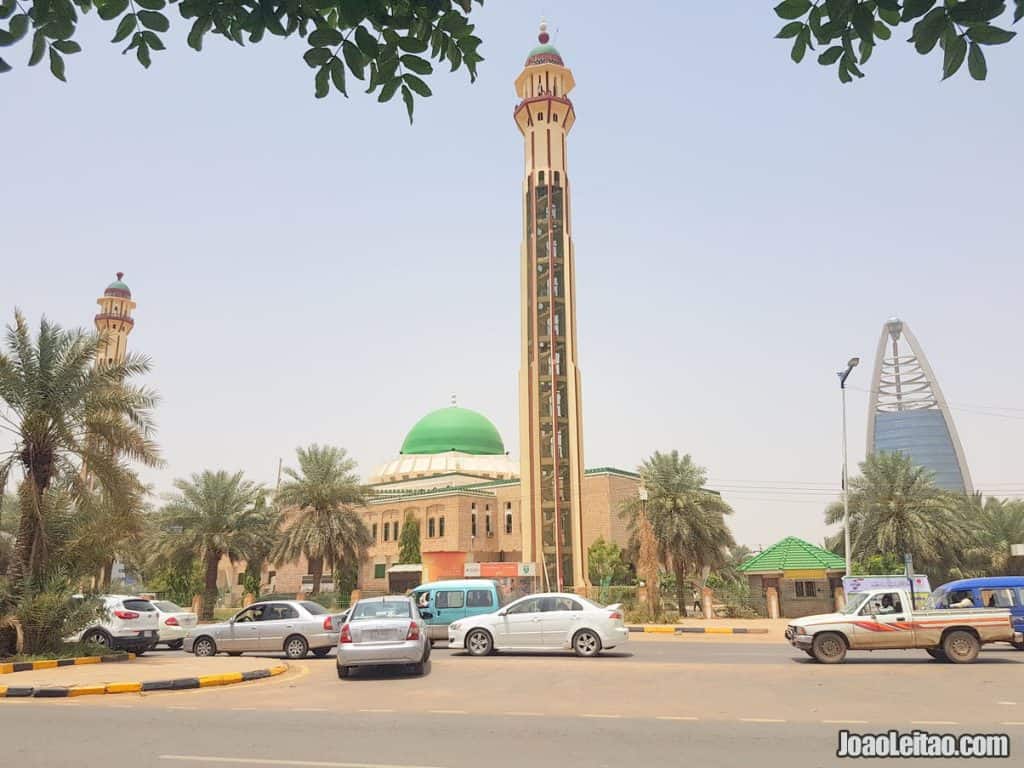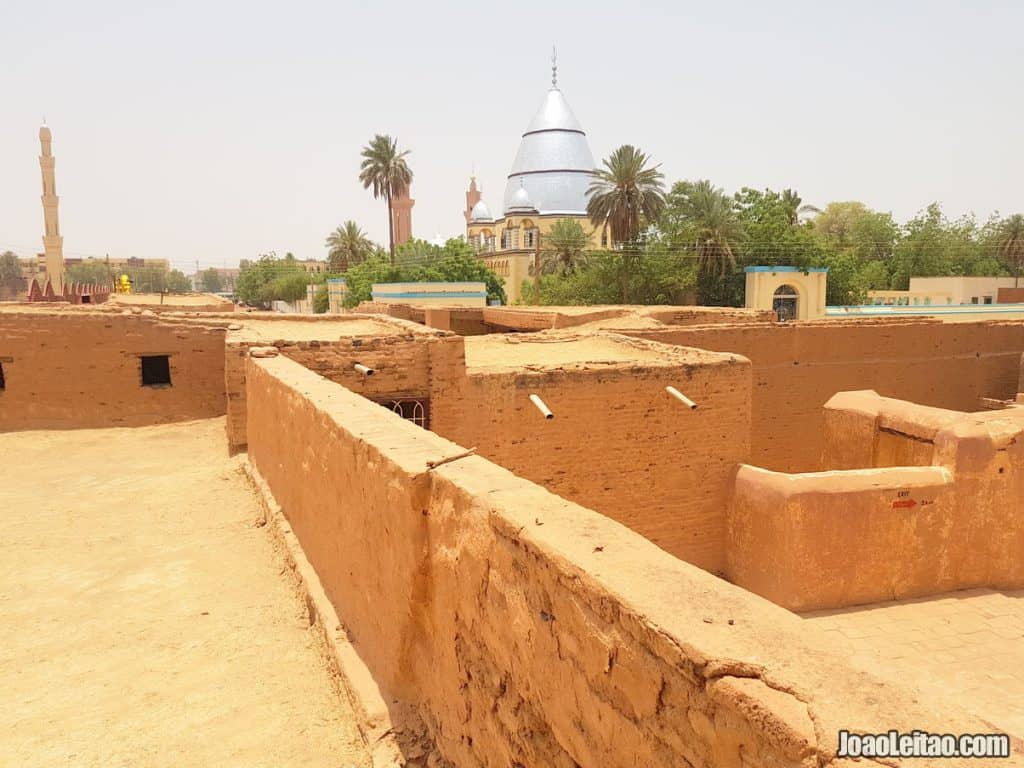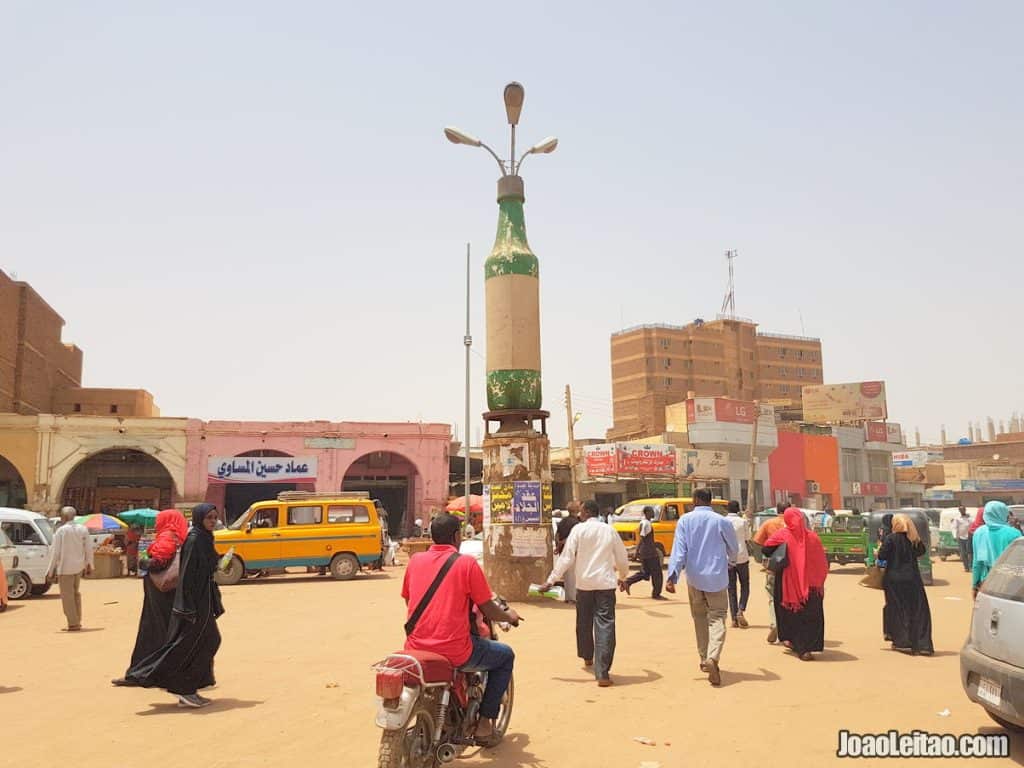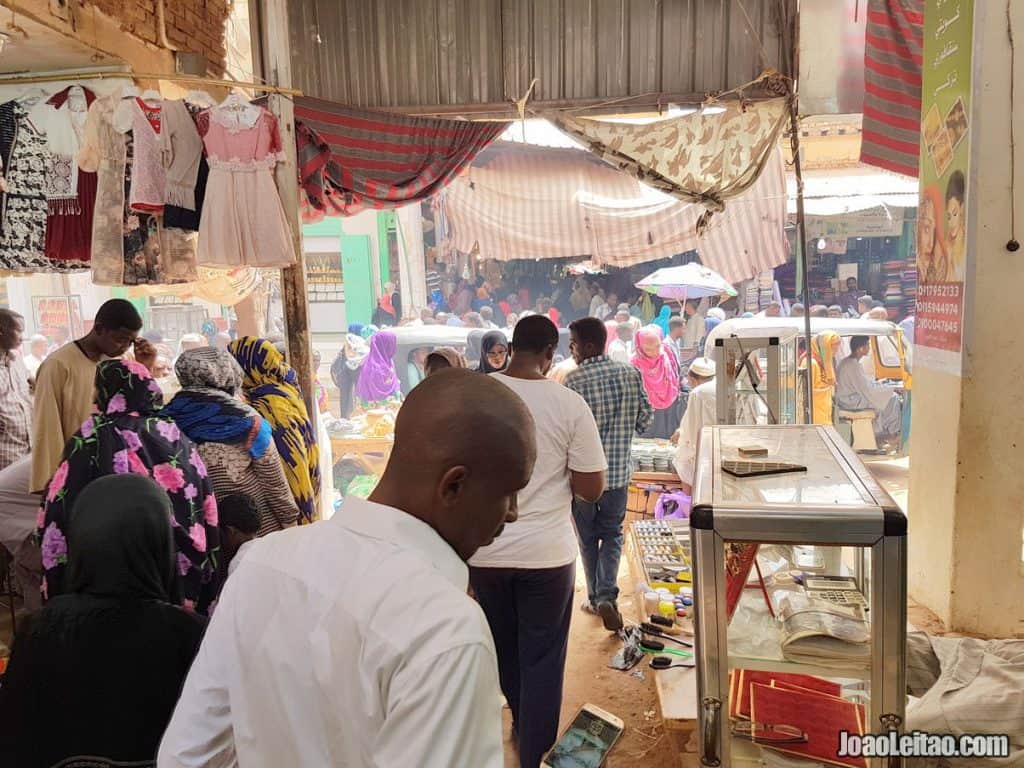Table of Contents
Visit Sudan
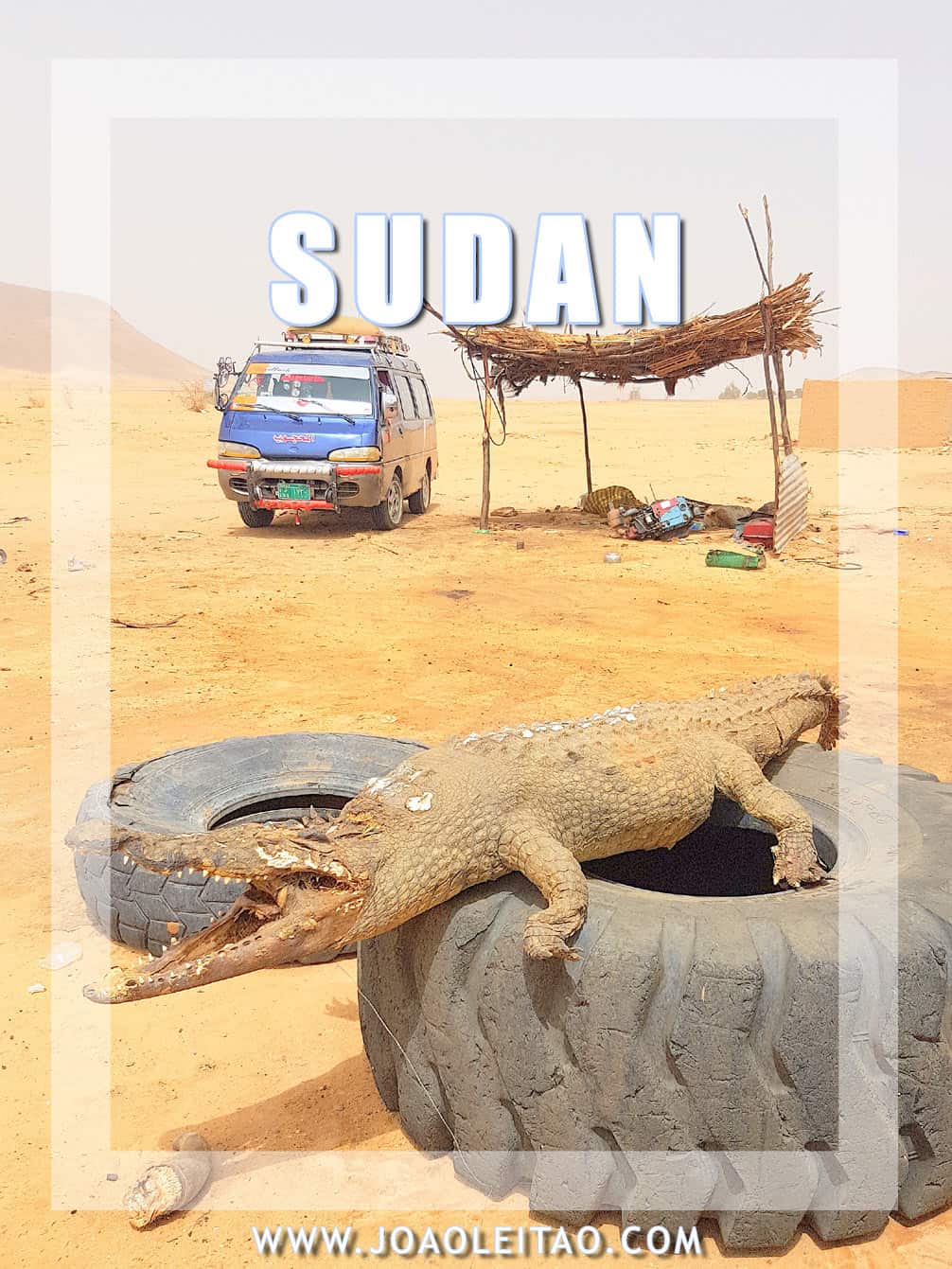
The history of Sudan begins with the millennial Nubian civilization that for centuries fought for survival against their powerful neighbor, Egypt. This civilization goes back to the 20th century BC and started multiple kingdoms of different sizes and varying cohesion levels until it disappeared entirely in 1504, with the last of the Nubian kingdoms divided between Egypt and the Sennar Sultanate.
The 19th century is marked by fights against the British that in that time, after Napoleon’s defeat, began to control that part of the world. That was a failed attempt and from 1898 onwards Sudan is under British domain again. After the Second World War, in 1956, Sudan becomes independent.
The geography of Sudan became simpler after the division forced by nearly 50 years of civil war and South Sudan’s independence. Now the desert takes over most of the country’s landscape, covering most of the center and the north of Sudan completely. It only rains in the south and the climate shifts between subtropical and tropical.
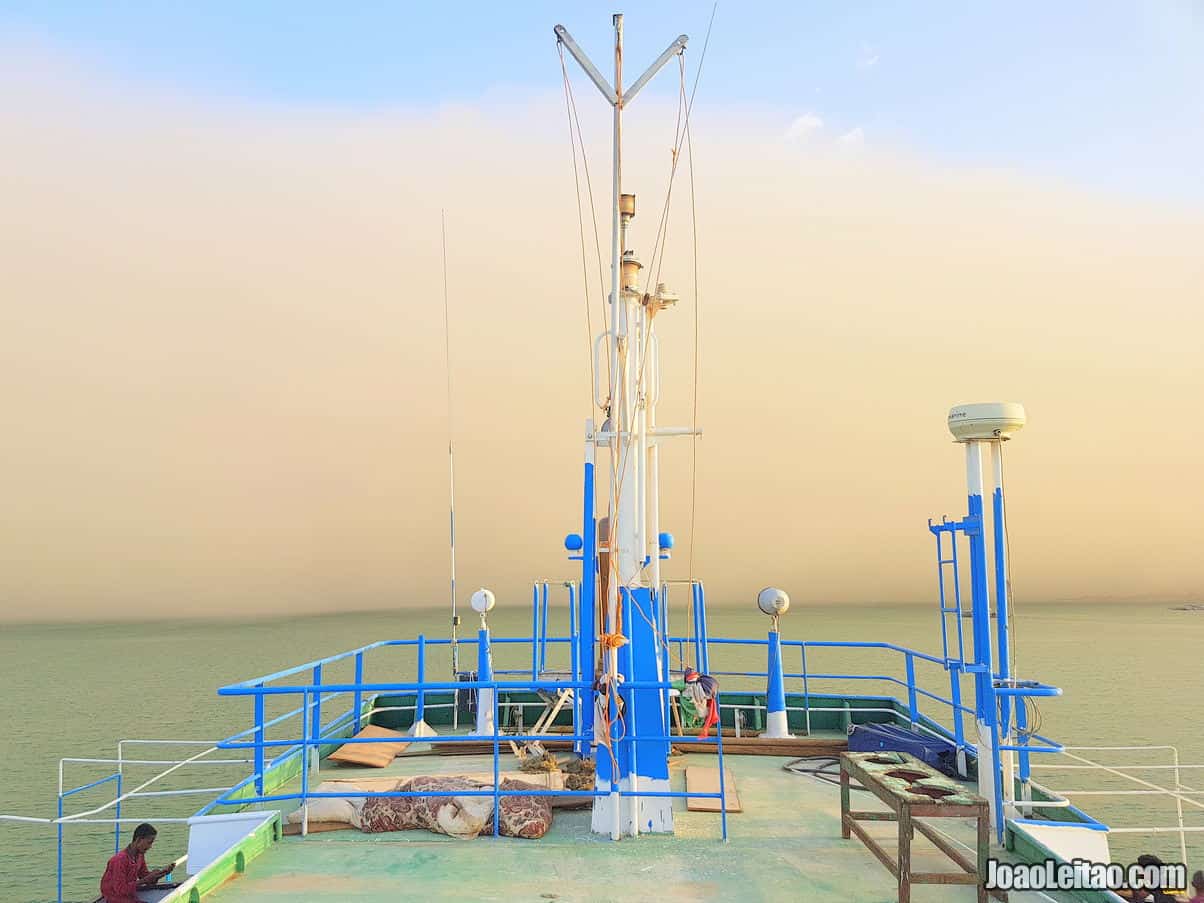
The Nile is Sudan’s main geographical trait: the river is both an essential means of transportation and also the main water supplier for electricity and to a country where it practically never rains where people live.
The culture of Sudan is influenced by Islam, which brought a common language and religion to the populations that live in what’s known today as Sudan. But this uniformity is just apparent: 570 tribes live in Sudan and 145 different languages are spoken. Arab culture is important but not exclusive.
There are important traces of Egyptian presence and the pre-Islamic Nubian world, before the 19th century that is. Even the Europeans left their mark, like the generalized use of the bagpipes brought by the British and now a common instrument in the Sudanese traditional music.
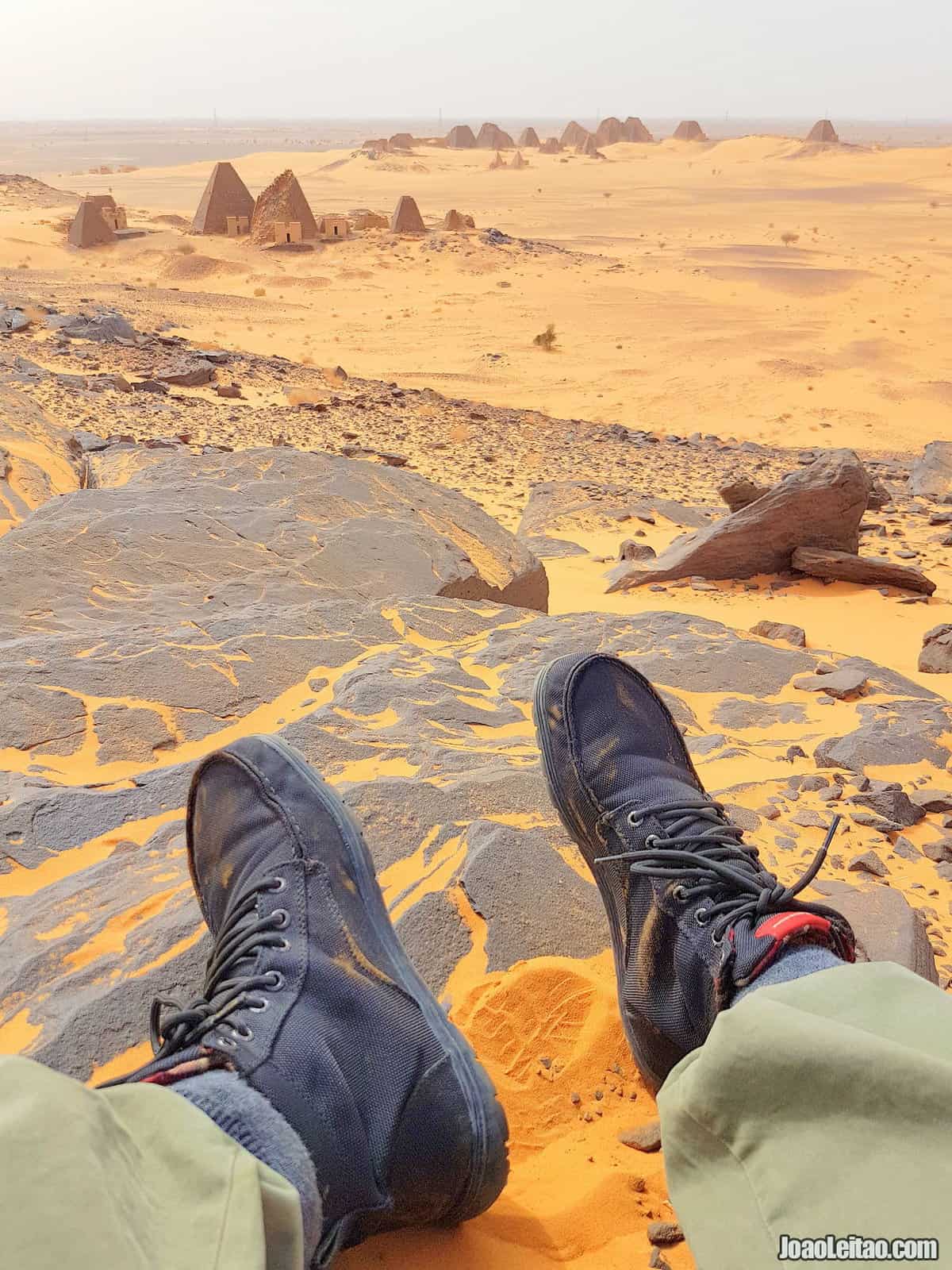
To visit Sudan, you must be prepared to face high temperatures that can reach 50 degrees Celsius in the hottest days. The colder season is from November to March, but even at that time, the average maximum temperature is close to 30 degrees Celsius.
It practically doesn’t rain in the north, but it’s different in the center and the south, where it rains a lot between May and October. In the desert areas, sand storms coming from the Sahara are frequent between April and September.
Visit Sudan
Alphabetical order
Dongola El Kurru Karima Kerma Khartoum Meroe Nuri Old Dongola Omdurman Wadi Halfa
1. Wadi Halfa
Visit Wadi Halfa
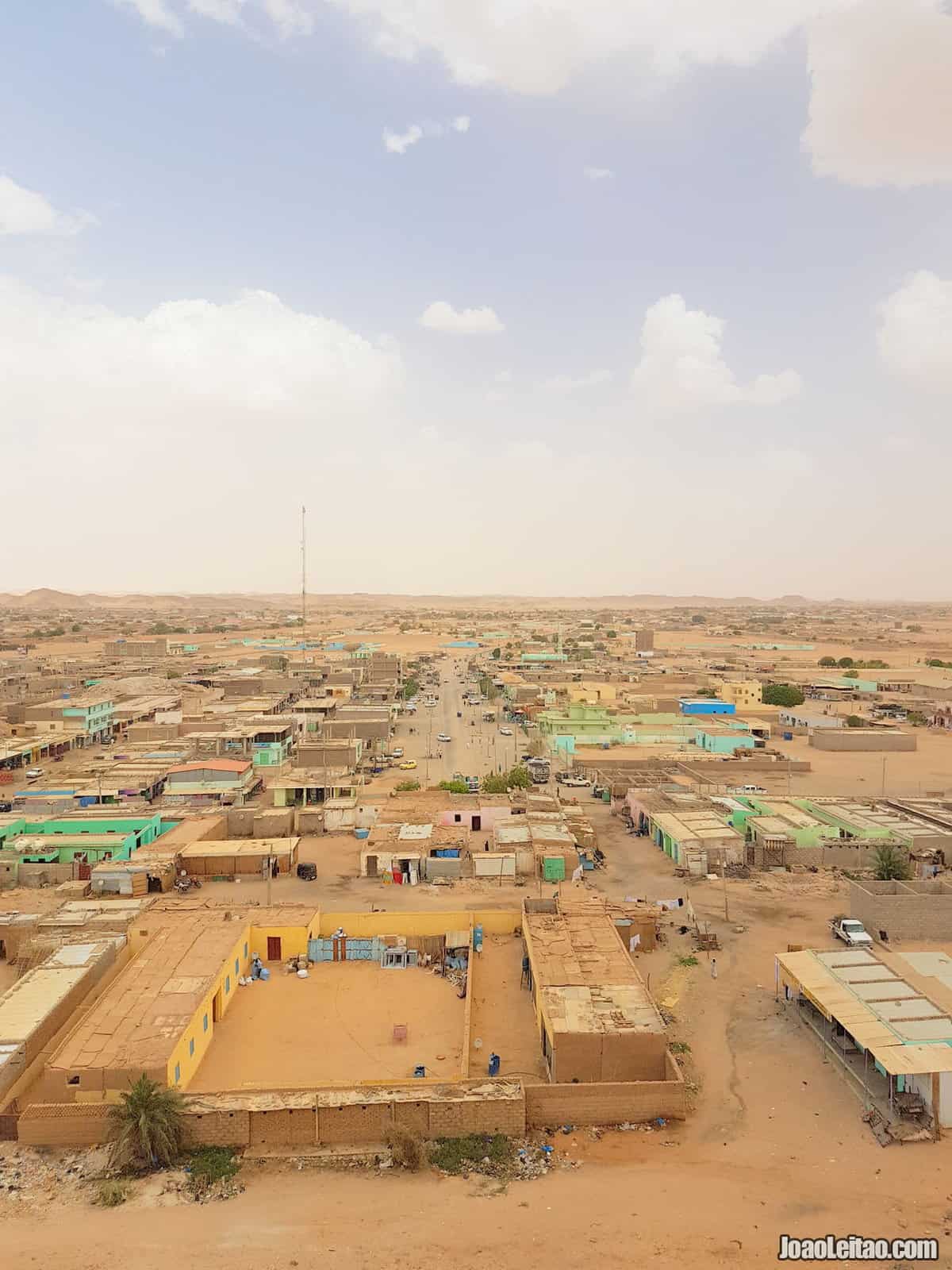
Wadi Halfa is a small border city, the gateway into Sudan since ancient times. However, this Wadi Halfa is a new city founded in 1971 when the original was submerged due to the construction of a large dam in the area.
There isn’t much to see in Wadi Halfa, a city that typically comes up as almost a mandatory stop from people traveling to Sudan from Egypt. It’s small enough to explore on foot or a donkey, locals’ favorite mean of transportation. The tea houses around the main square are a good place to spend a few hours of people watching.
2. Kerma
Visit Kerma
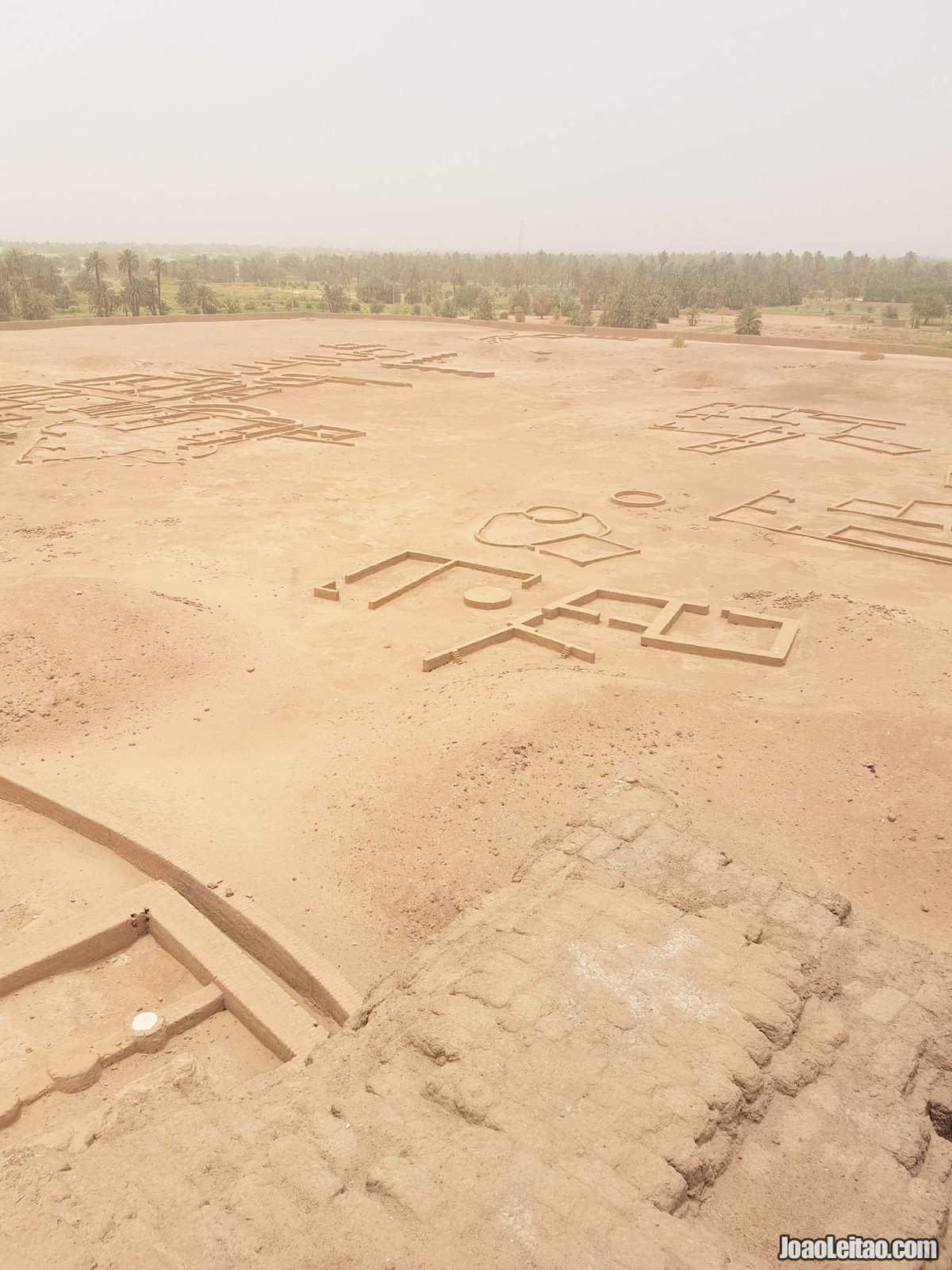
This is one of Sudan’s most precious archaeological places and once the capital of the Nubian Empire. People are known for their hospitality and they frequently invite foreigners for spice-flavored tea at their house. The town is gorgeous, with houses decorated with flowers and colorful patterns.
You can visit an excellent archaeological museum that’s managed by a group of Swiss archaeologists led by Charles Bonett, and who have been working on site for over three decades. The Western Deffufa, one of the biggest and oldest temples in the world made of adobe, is a must-see. There’s an extensive area around the temple with ruins dating back 5,000 years, which include statues of Nubian deities and burial grounds, specifically a cemetery with over 30,000 graves.
3. Dongola
Visit Dongola
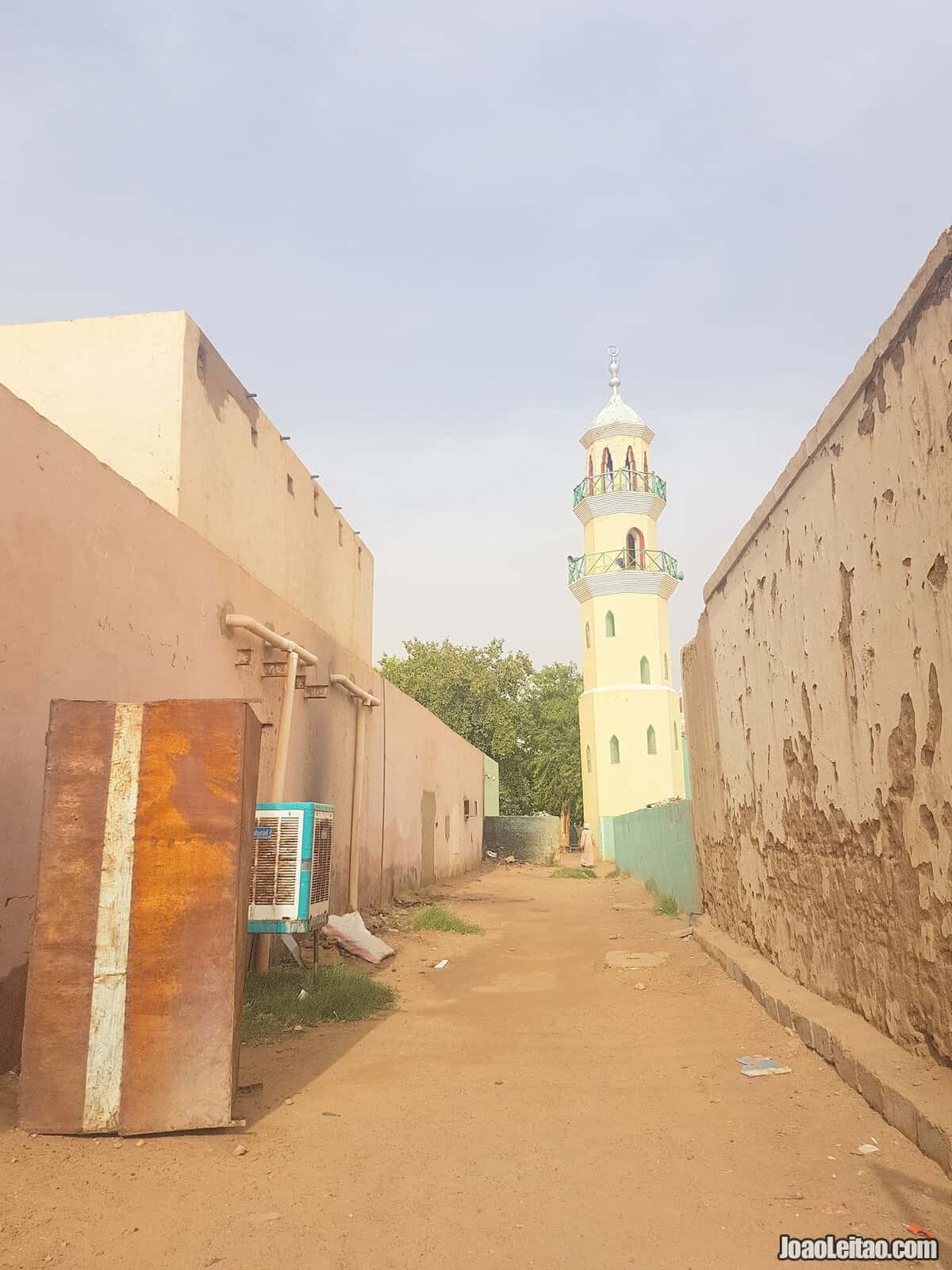
Dongola was once the capital city of a prosperous Nubian kingdom, located in what is today the north of Sudan. It’s one of the most beautiful cities alongside the Nile, with lush palm tree fields and above average traveling conditions when compared with other places in the region.
Many consider it the heart of Nubia and it’s where the University of Dongola is based. Its History is marked by conflict. The Kingdom of Makuria, based here, was occupied by Egypt in 1820, as was the rest of Sudan. The English general Herbert Kitchener defeated the rebellious Islamic tribes in 1896 also here. Surprisingly, there was a Catholic Diocese based here in the 14th century, active from 1330 to 1350. There are some temples around the city but in terrible shape. A visit to the lively market, though, is recommended.
4. Old Dongola
Visit Old Dongola
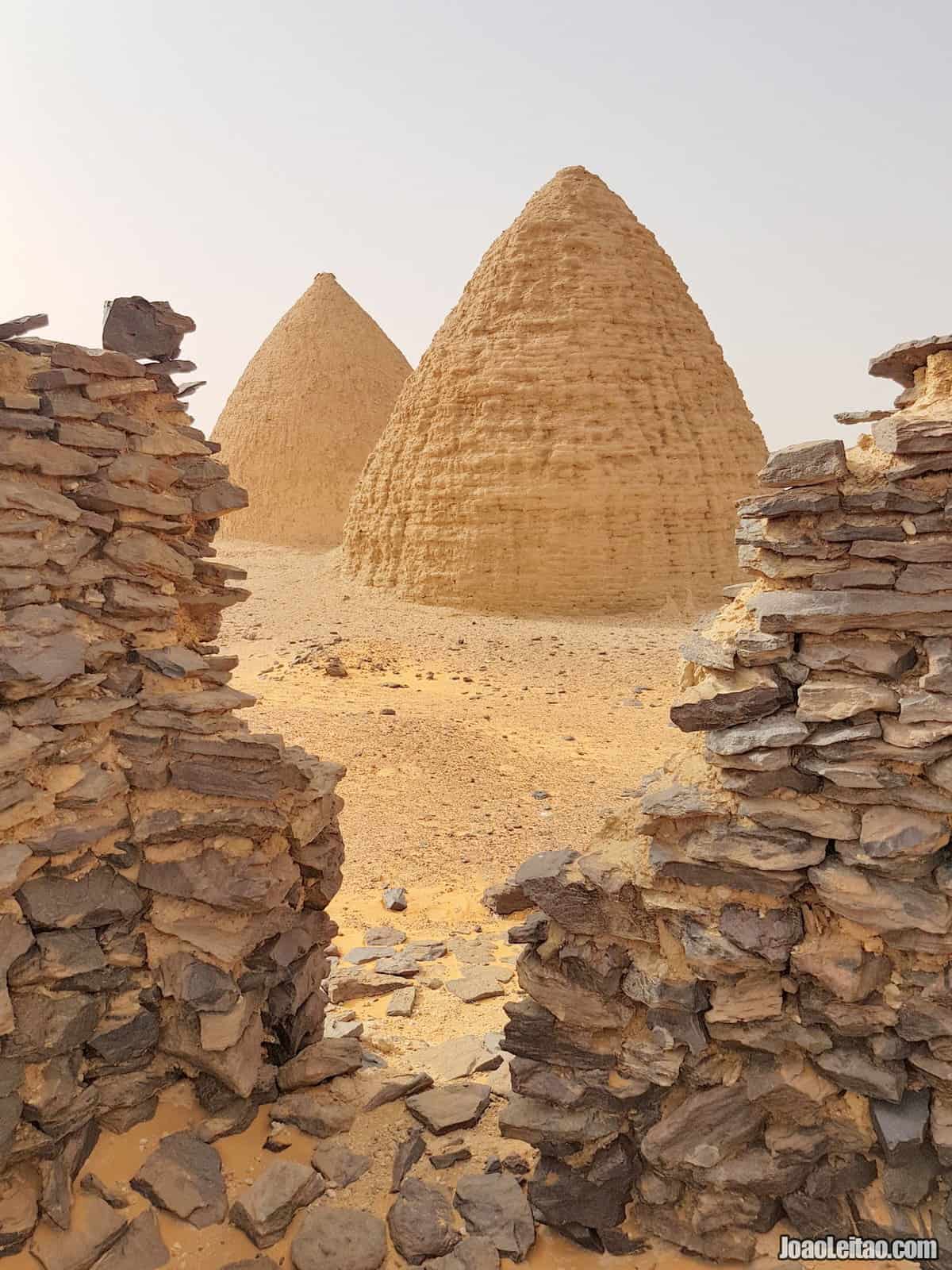
It’s 80 km from the city of Dongola. It was the capital city of the Kingdom of Dongola, one of the several smaller kingdoms that filled the void left by the collapse of the Kingdom of Kush in the 4th century BC. There were churches here. Yes, dozens of them! The Kingdom of Dongola was Christian, thanks to the influence of Byzantine missionaries. In the 14th century, the Mamluk Dynasty rose to power in neighboring Egypt and destroyed Dongola.
These days, it’s a place lost in the middle of the desert that not many people visit. You can visit the city ruins, with a few churches, simple on the outside but with beautiful frescoes inside (the best ones were probably removed and are on display at the museum in Khartoum). You can see a throne room built between the 9th and 10th centuries. Not far from there, there’s a large Islamic cemetery where you can see a few pyramid-shaped structures, which are the tombs of Sufi saints.
5. Karima
Visit Karima
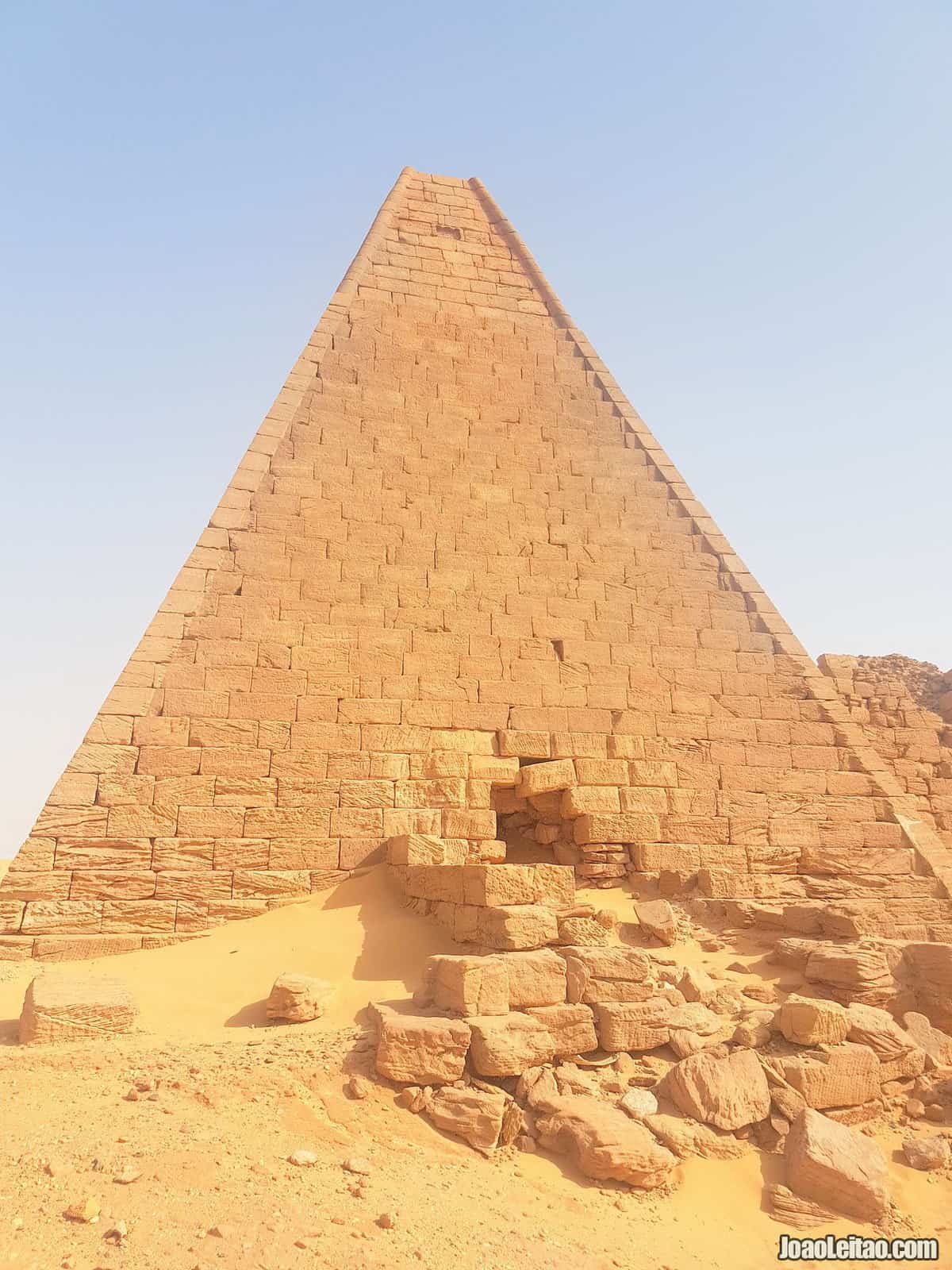
Karima is on the shore of the Nile River and is a base to explore the old city of Napata and the small Jebel Barkal mountain, a site that’s listed as a UNESCO World Heritage Site. Napata had a rough history, which is not surprising considering the proximity to powerful Egypt. But in the end, in 23 BC, it was the Romans who wiped out the city.
What we see today are the remains of that ancient metropolis. Nearby is the flat top mountain Jebel Barkal, 90 meters high, that you can climb to enjoy the view. And what a view! Right at our feet are at least 13 temples and three palaces. Not to mention the fabulous pyramids. You don’t need a ticket to visit the area but you might be charged admission to enter the most important temple, Temple of Mut.
6. El Kurru
Visit El Kurru
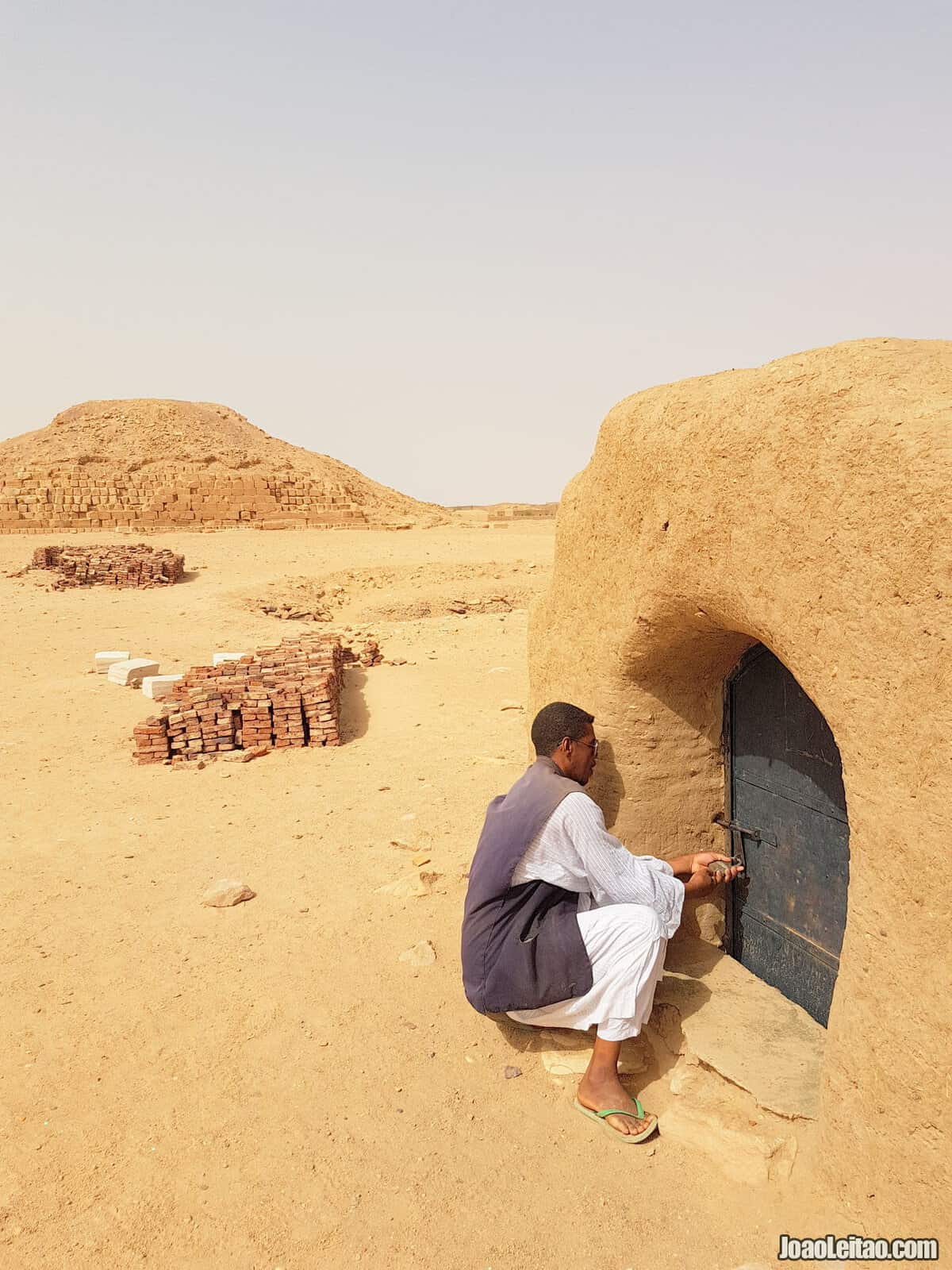
El Kurru pyramids were built between the 7th and 4th centuries BC but aren’t well-preserved nowadays. It was once one of the burial grounds for the Nubian royal family, where they’ve also found tombs for horses! In the meantime, it looks like locals used a lot of the rocks of those ancient constructions to build their own houses.
The main point of interest in the complex is the tomb of King Tanwetamani, which includes some well-kept paintings. You must request the key from the people living in the nearest village. The village is, in fact, quite interesting too and you can reach here from Karima on a sort of mini-bus. This is one of the sites that are part of the group listed as a UNESCO World Heritage Site.
7. Nuri
Visit Nuri
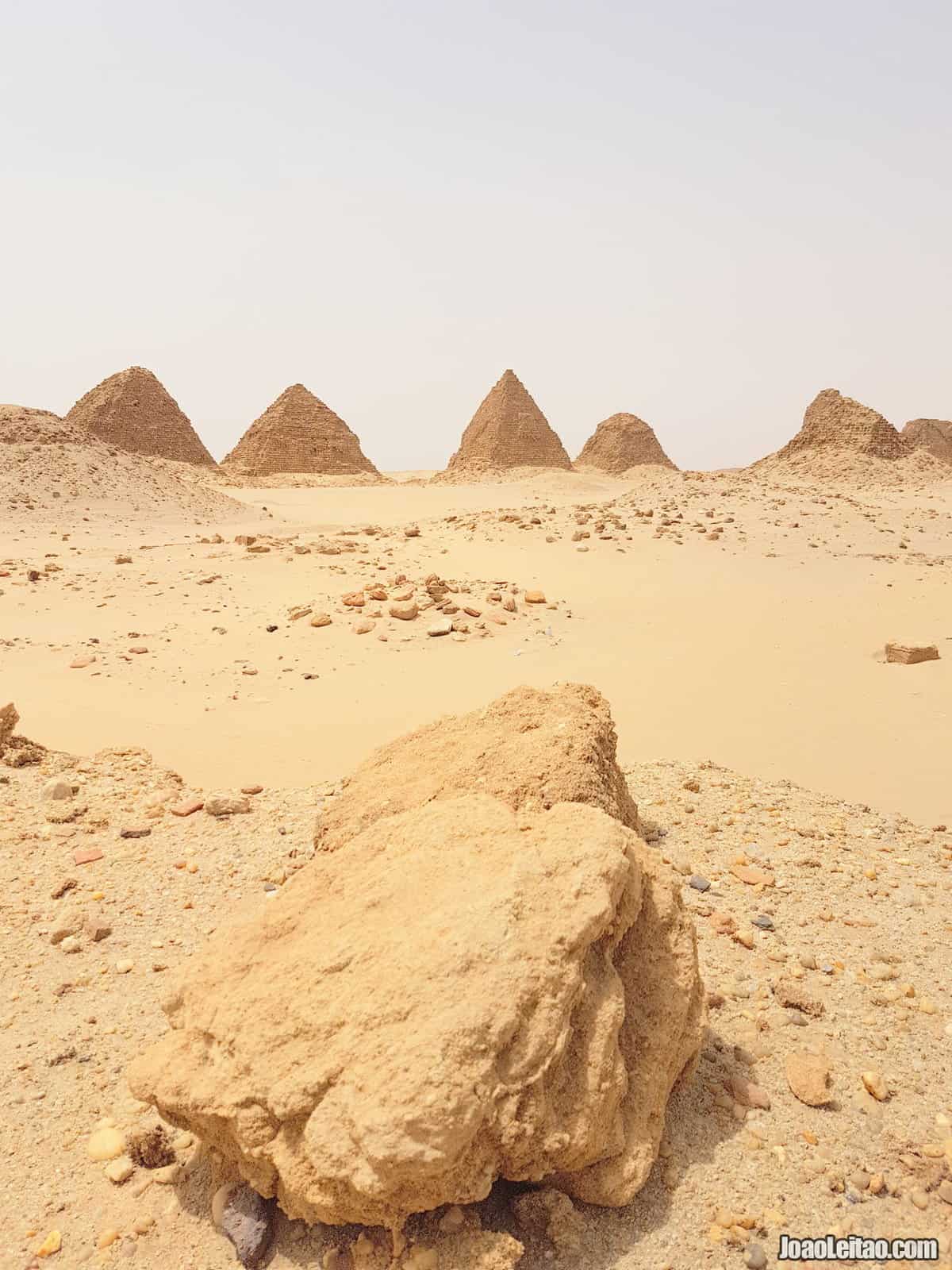
Here in Nuri, you’ll also see amazing ancient pyramids. The place was part of the city of Napata, the first capital of the Kingdom of Kush. This was the burial ground of the royal family, one of the 80 tombs you’ll find in the complex. You’ll see 60 pyramids of different sizes and in different states of conservation, including Taharka, which is the tallest pyramid in Sudan.
There’s a small village nearby where people will most likely invite foreigners over for tea. To reach here from Karima, you must find a bus to Meroe and take local transportation from there to Nuri. They might charge you 10 USD for a ticket but it will be cheaper if you pay in the local currency.
8. Meroe
Visit Meroe
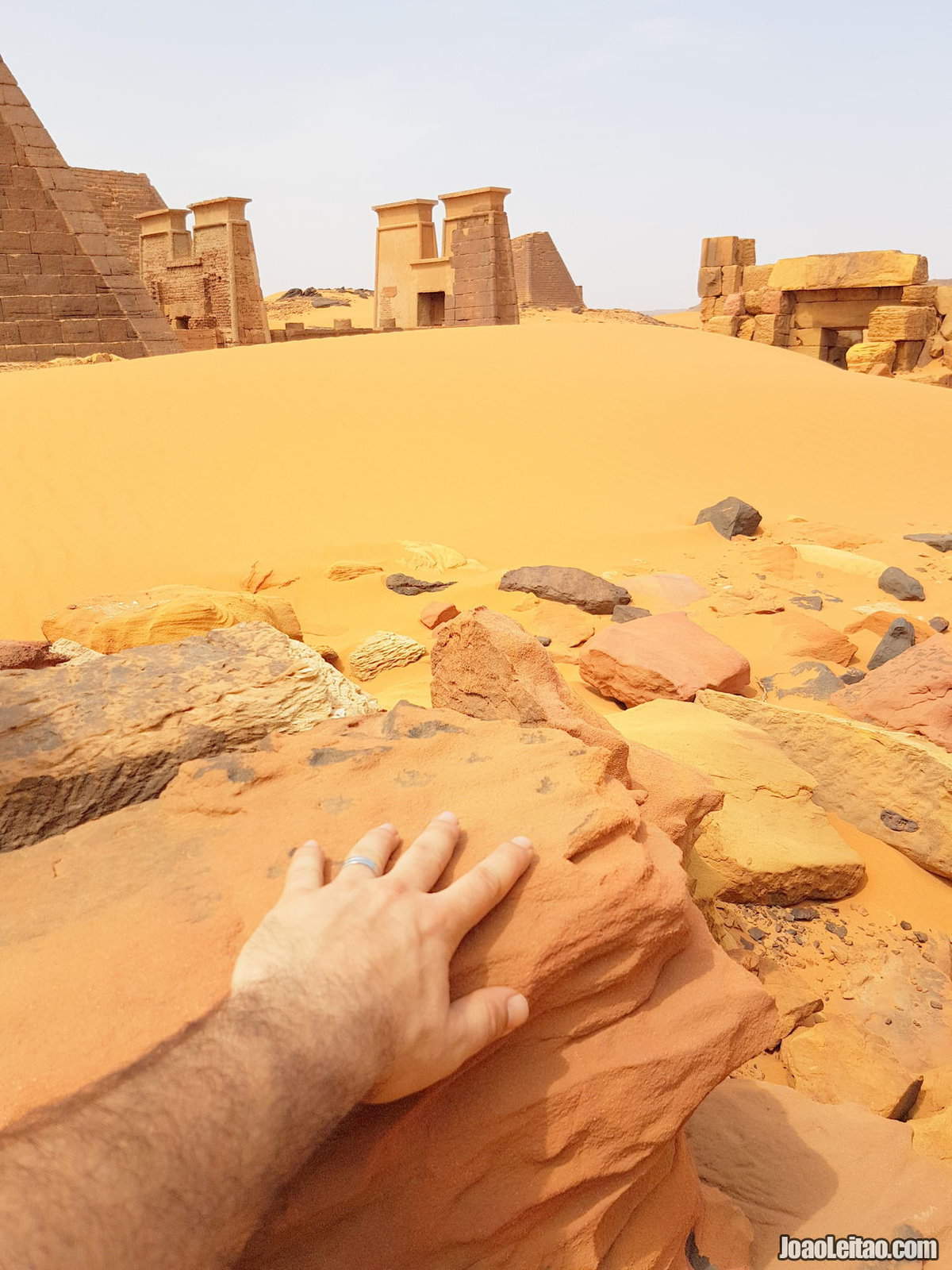
Another royal cemetery with about 100 pyramids stretching across the desert. This is an incredible site that you shouldn’t miss during your trip to Sudan.
This is the most visited place by the few tourists who travel to Sudan and one of the country’s three UNESCO World Heritage Sites. Even so, you’ll most likely have the place all to yourself. You can visit Meroe from Khartoum on on the way from Karima.
9. Khartoum
Visit Khartoum
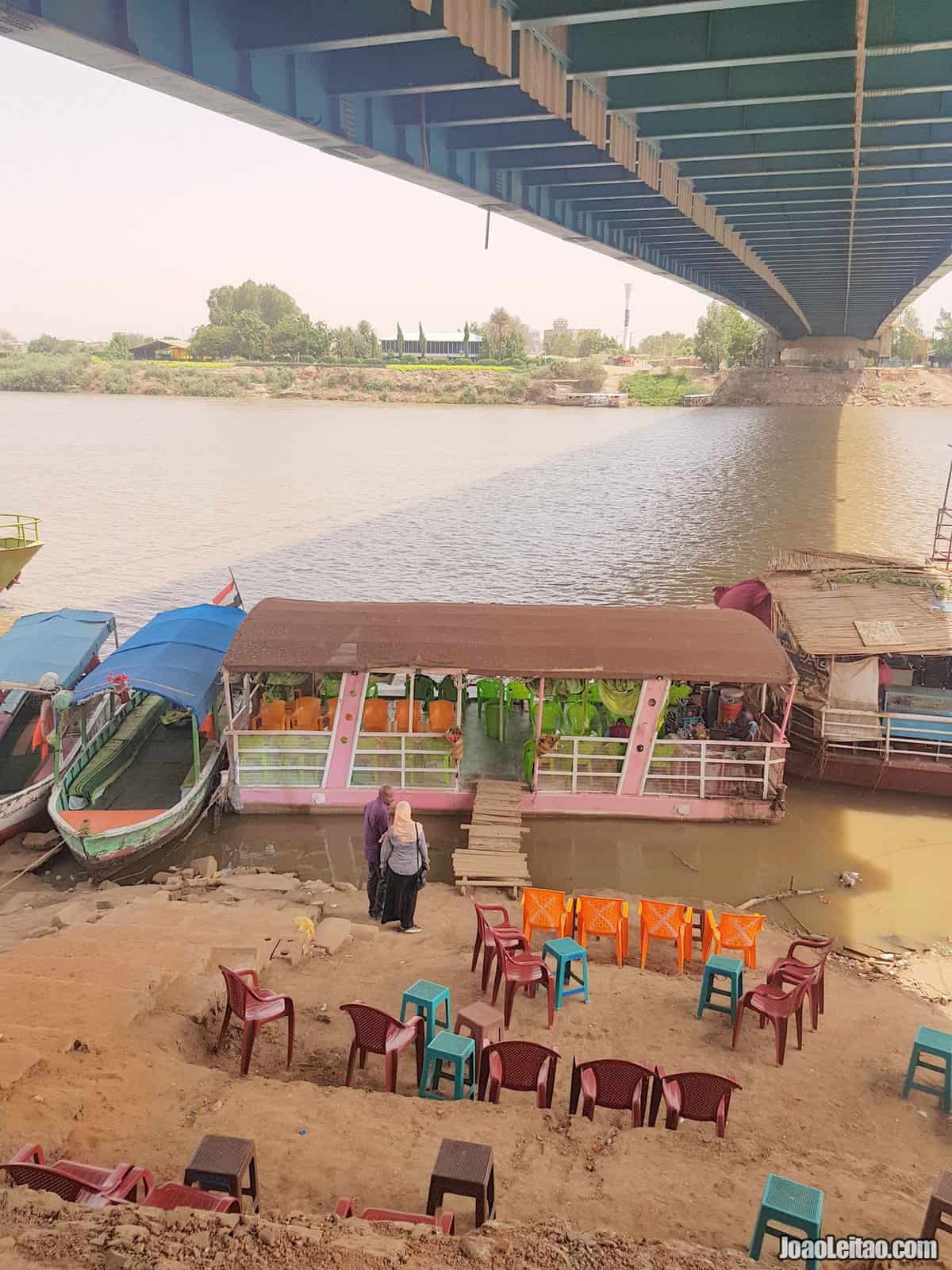
Khartoum is the capital of Sudan and the only city in the country worth being called a city. It’s a very safe city, with practically no crime, and with some must-sees. Strolling through the Nile street is a must-do. This street is lined by beautiful colonial buildings, slightly crumbling but still charming. On the same street, you’ll also see the city’s most modern buildings, as well as the National Museum that’s worth a visit.
Souk Arabi is a live spectacle of color and excitement. It’s huge, stretching from the Mesjid al-Kabir mosque to the mini-bus station. If you manage to get there, seeing where the Blue Nile and the White Nile rivers meet is an interesting experience. But take the plaque that says no pictures allowed seriously. Some tourists were arrested there for breaking the rules.
10. Omdurman
Visit Omdurman
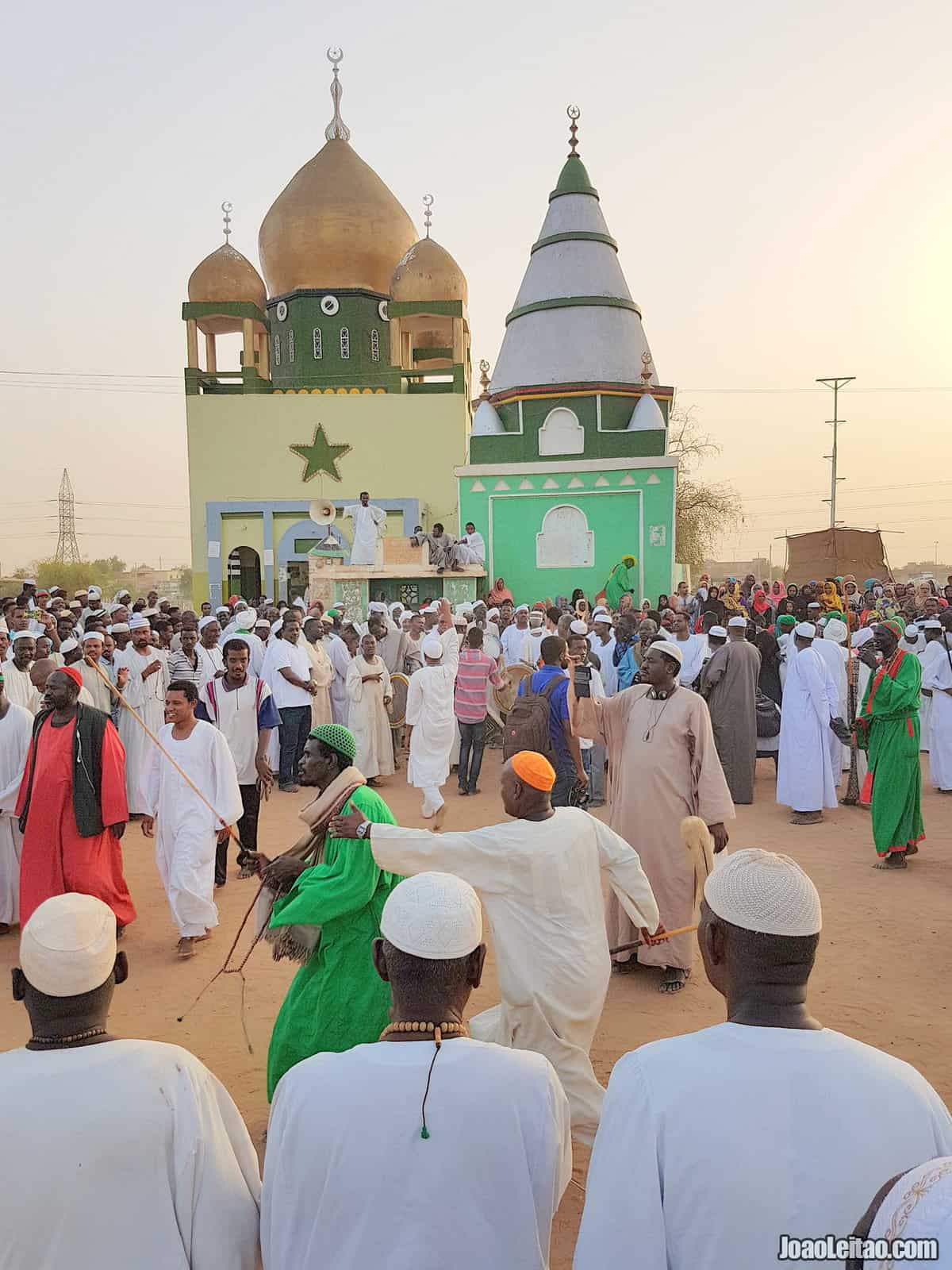
In a way, it’s a suburb of Khartoum on the western shore of the Nile. Here you can visit the market, which is one of the biggest in Africa and a good place to buy authentic handicrafts.
There’s a local History Museum at the Khalifa House, near the market and the Mahdi tomb, but keep in mind the museum is only open in the mornings. On Friday evenings you can see the Sufi dancers for free. It’s at Ghobba al-Hamed al-Nil, a bit further, about 2 km away, but you can ask a taxi driver to take you there.
UNESCO Sites in Sudan
These are some of the best places to visit in Sudan. The UNESCO World Heritage Sites in Sudan are protected areas for their cultural or natural relevance.
UNESCO World Heritage Sites in Sudan:


